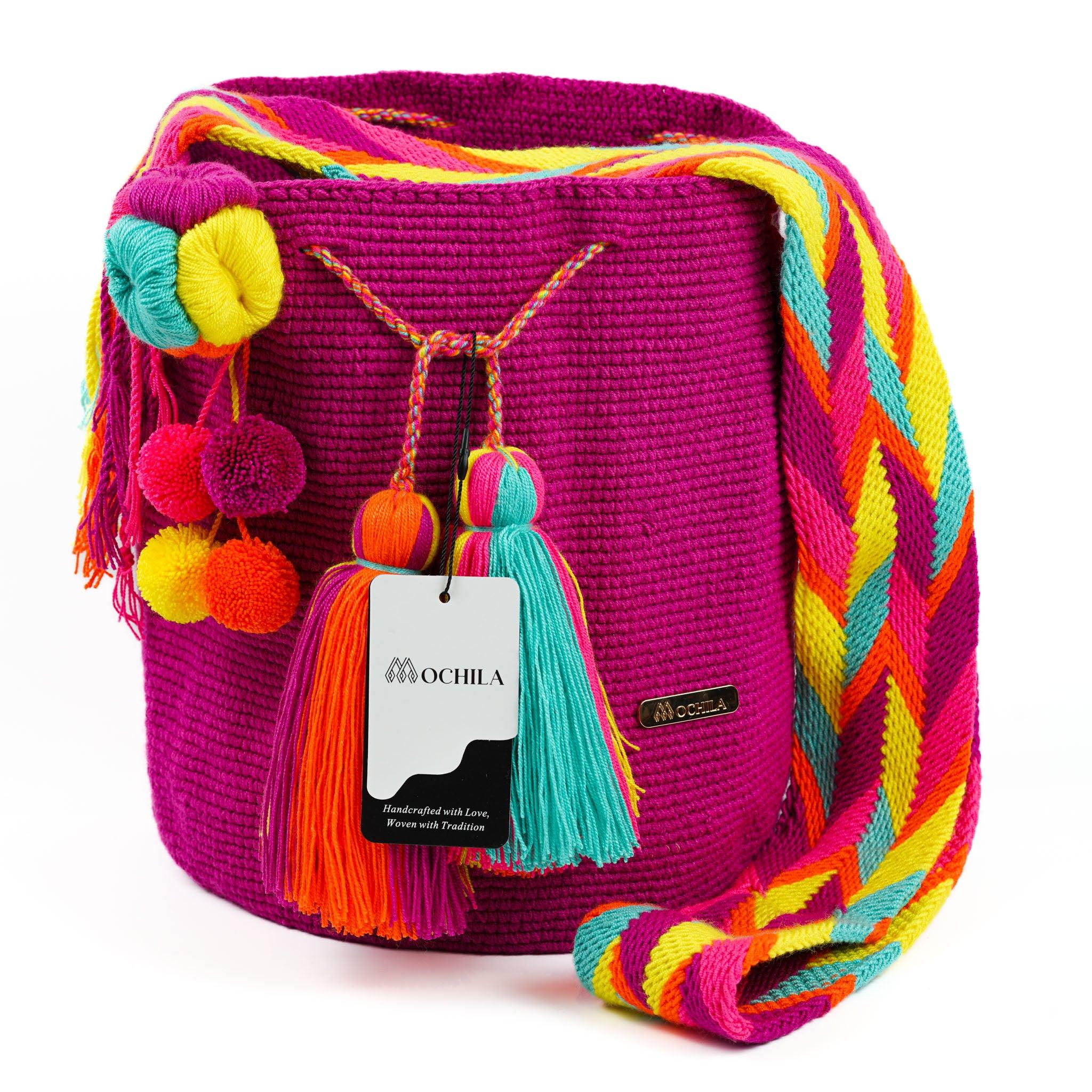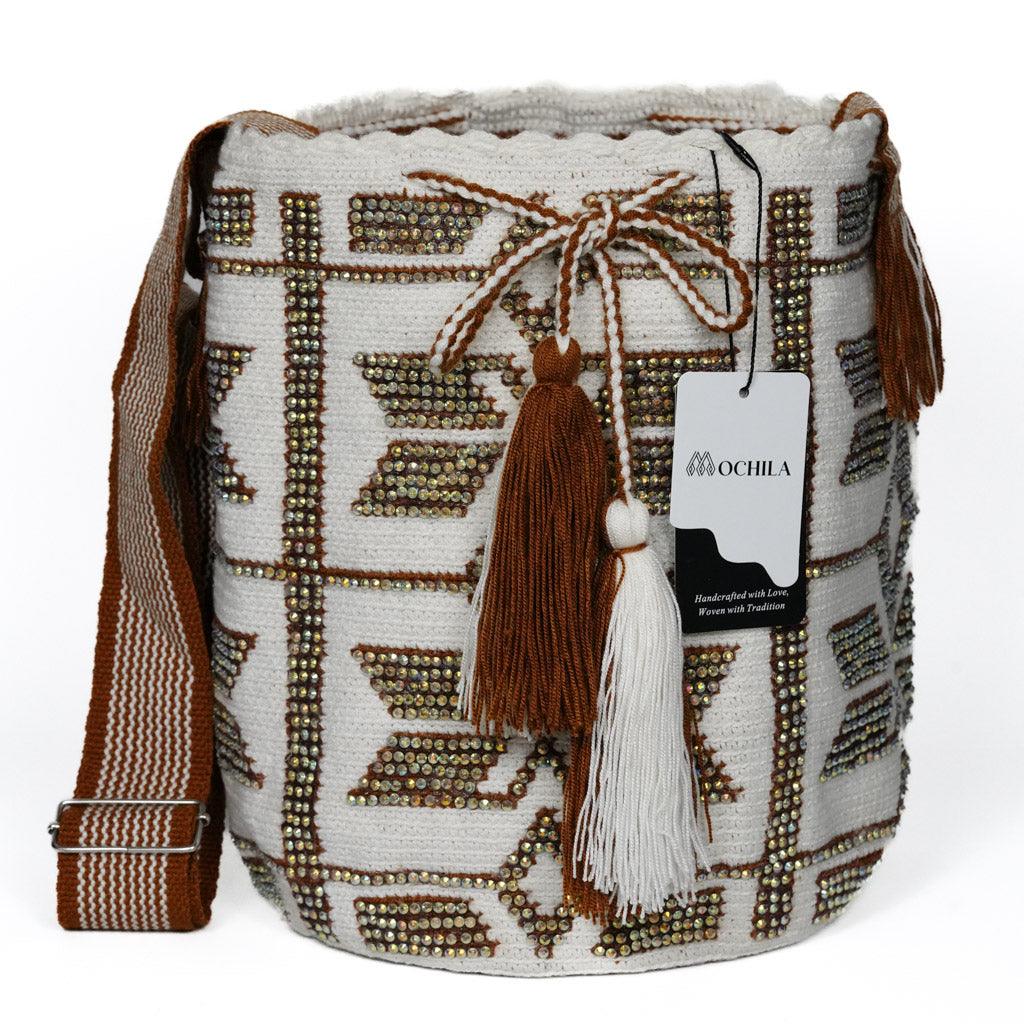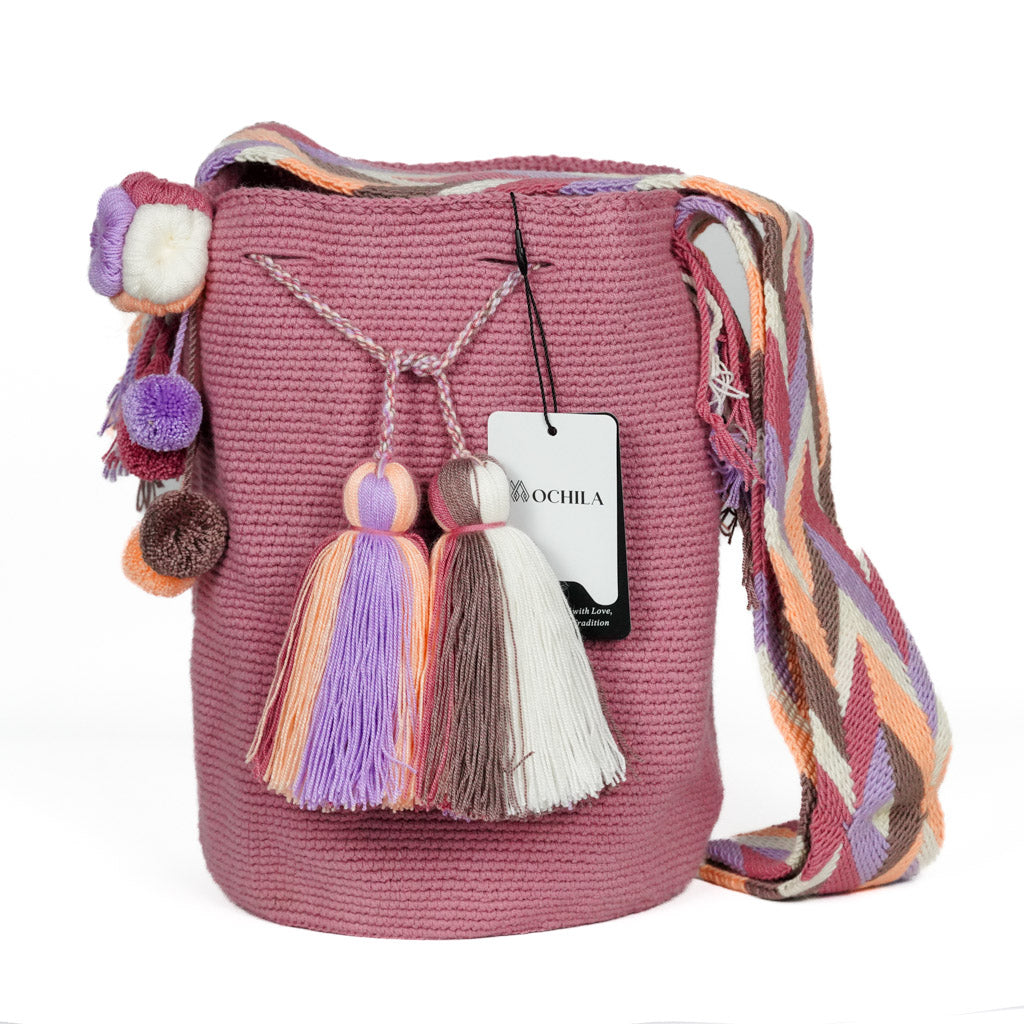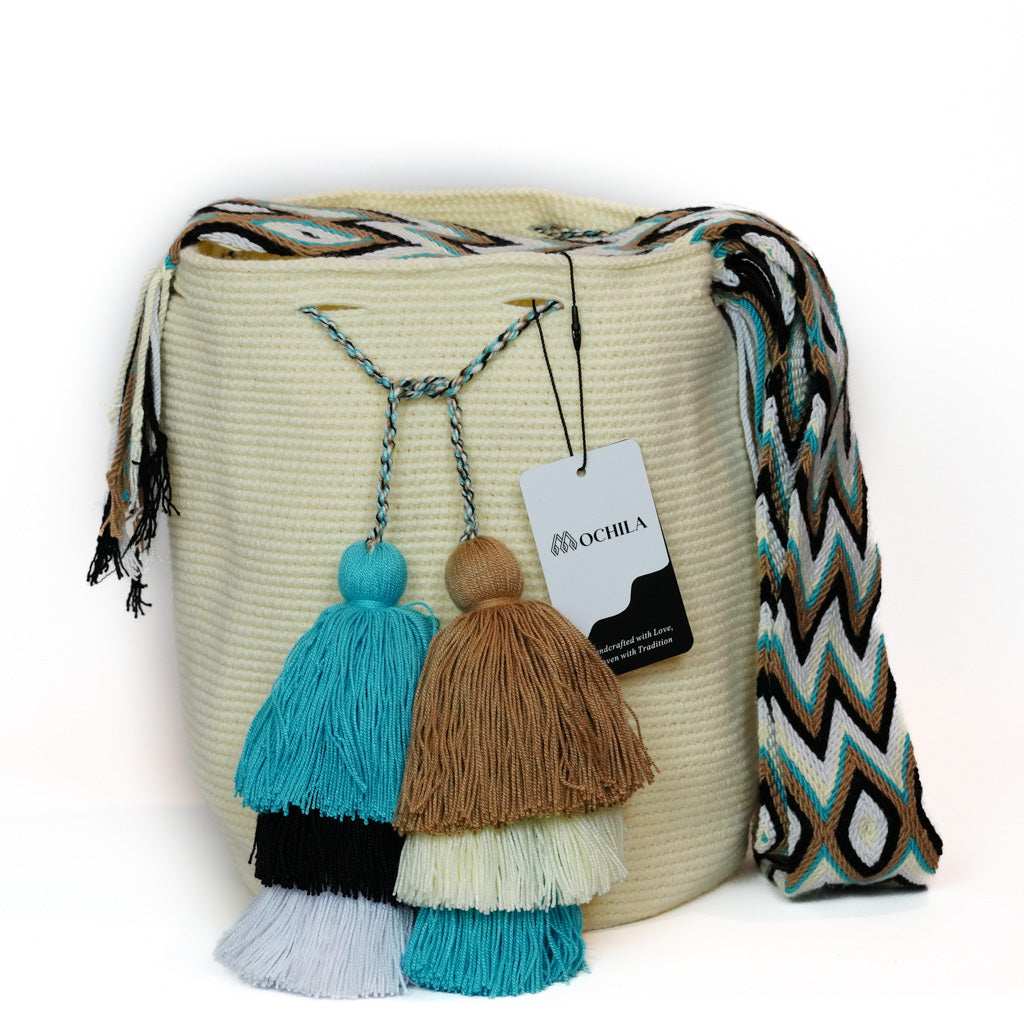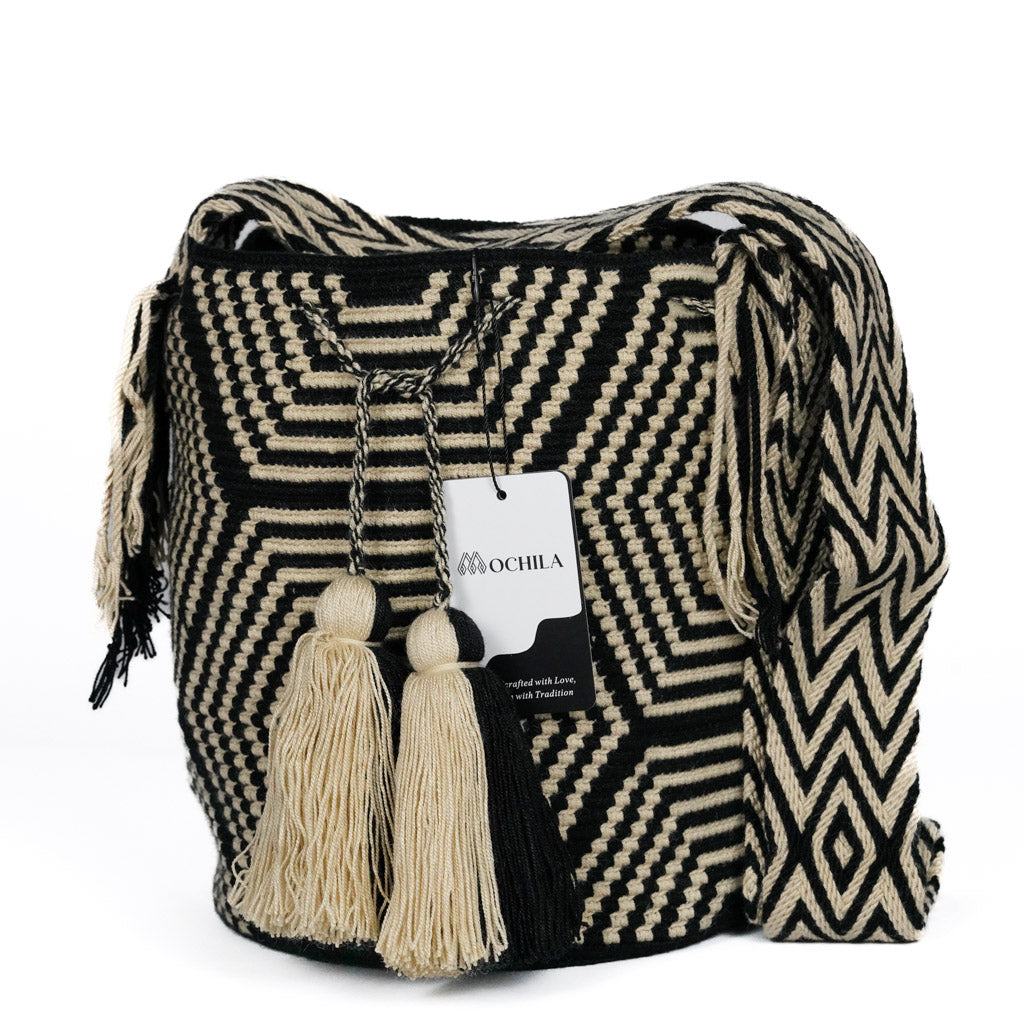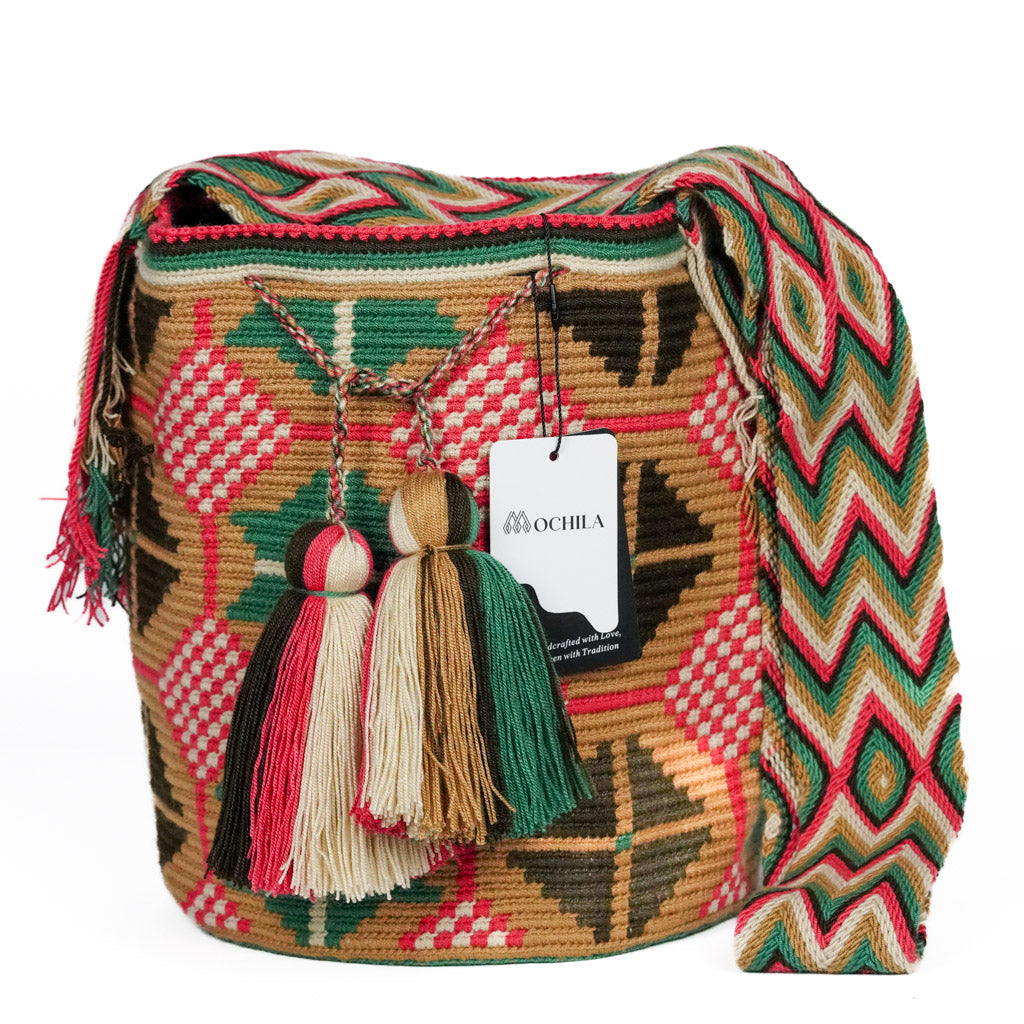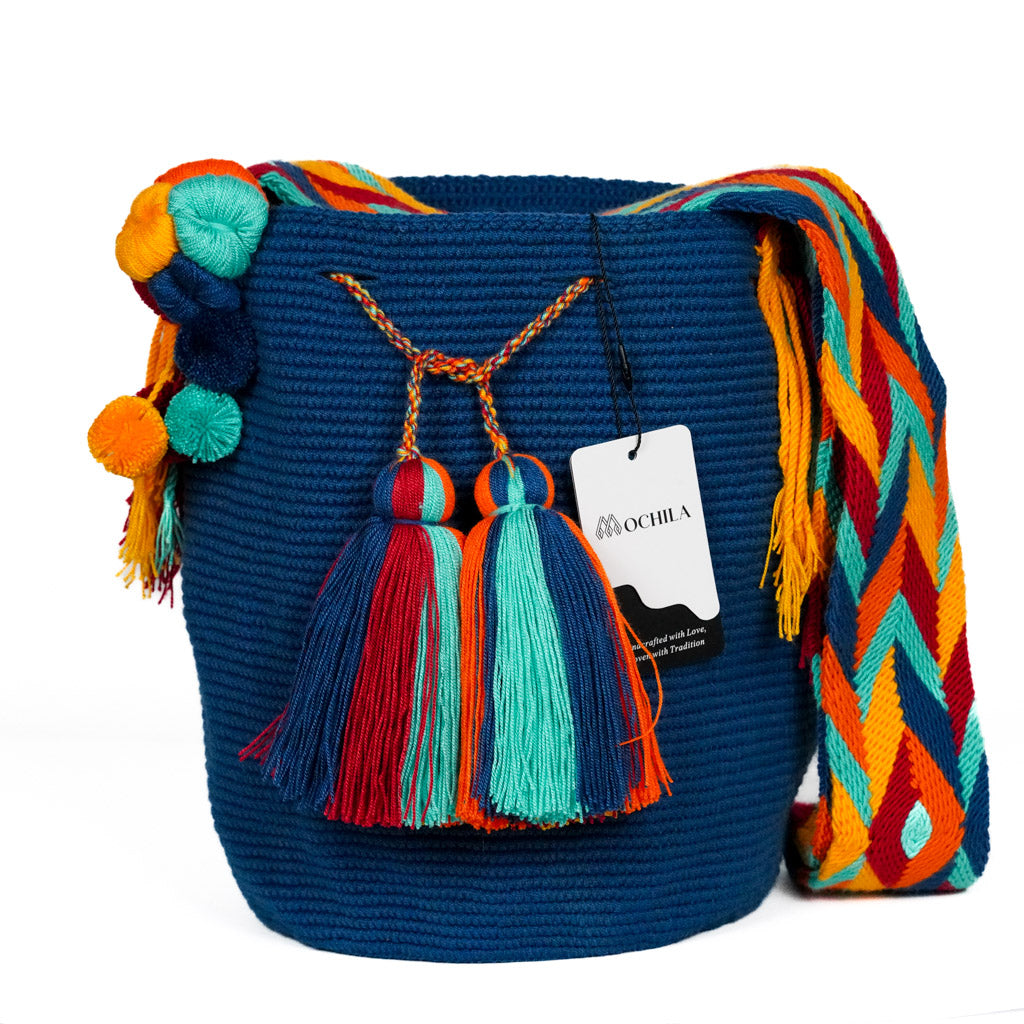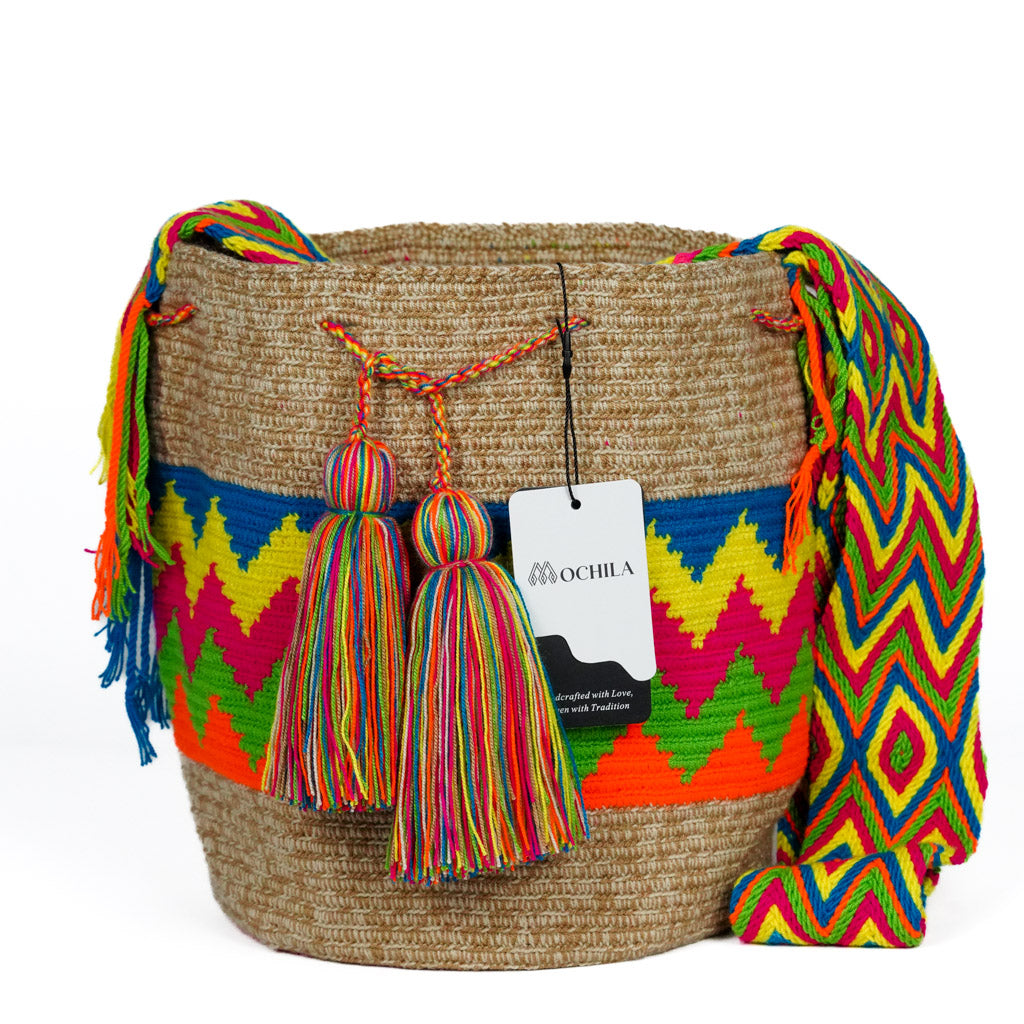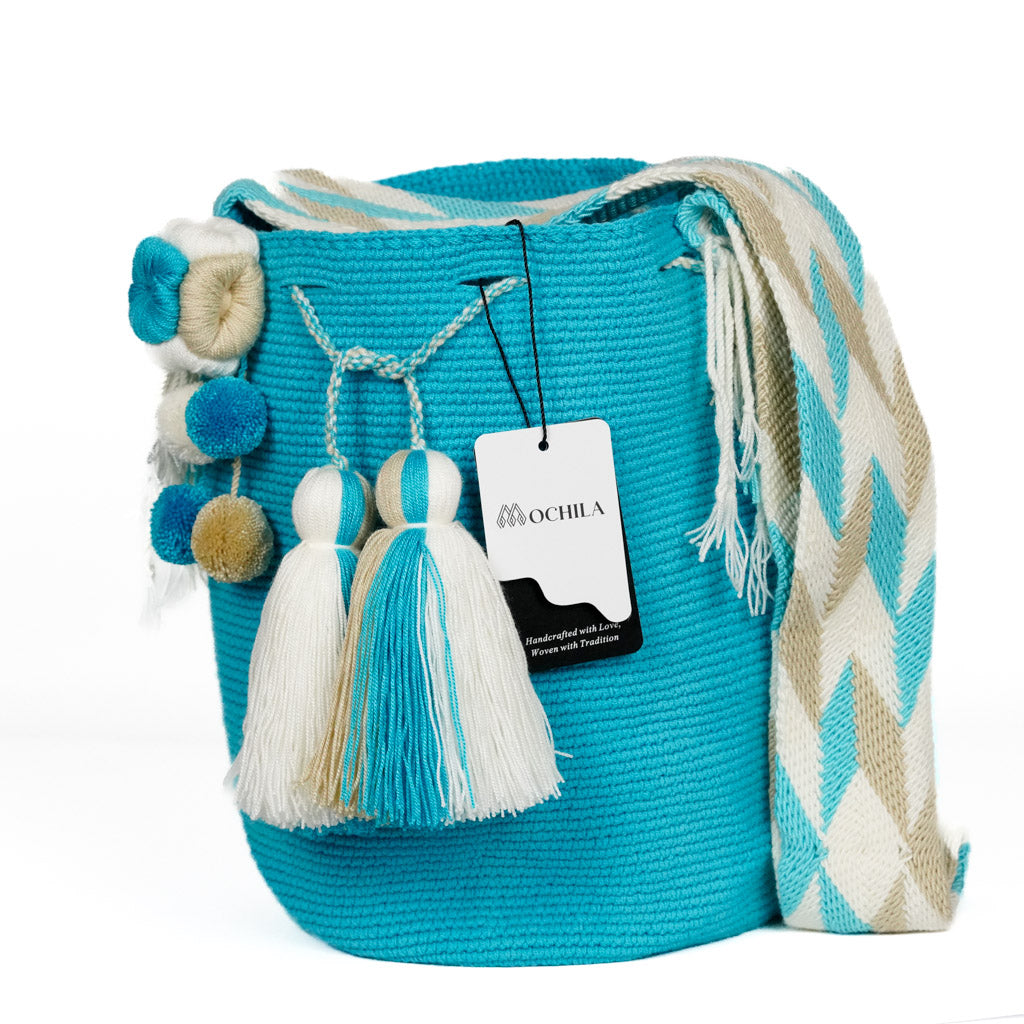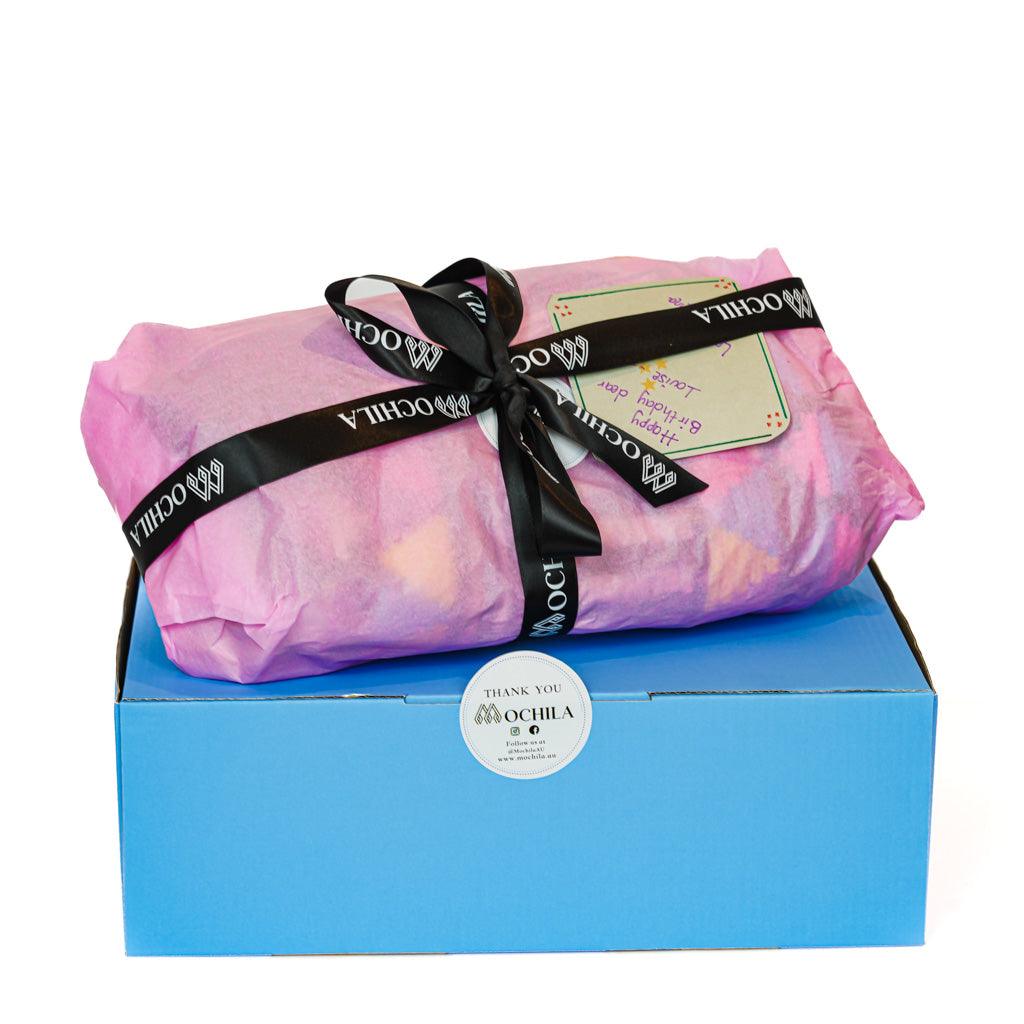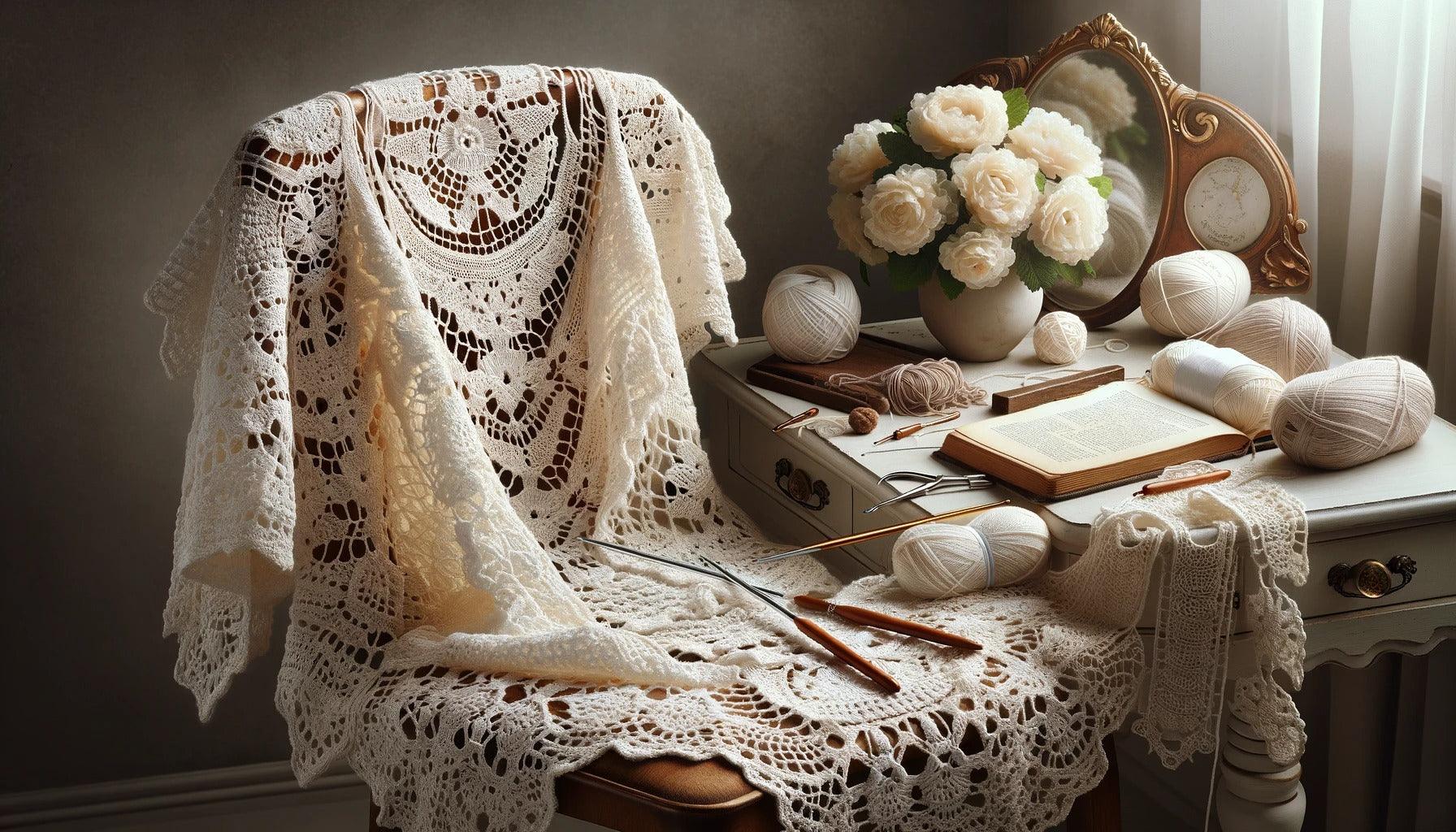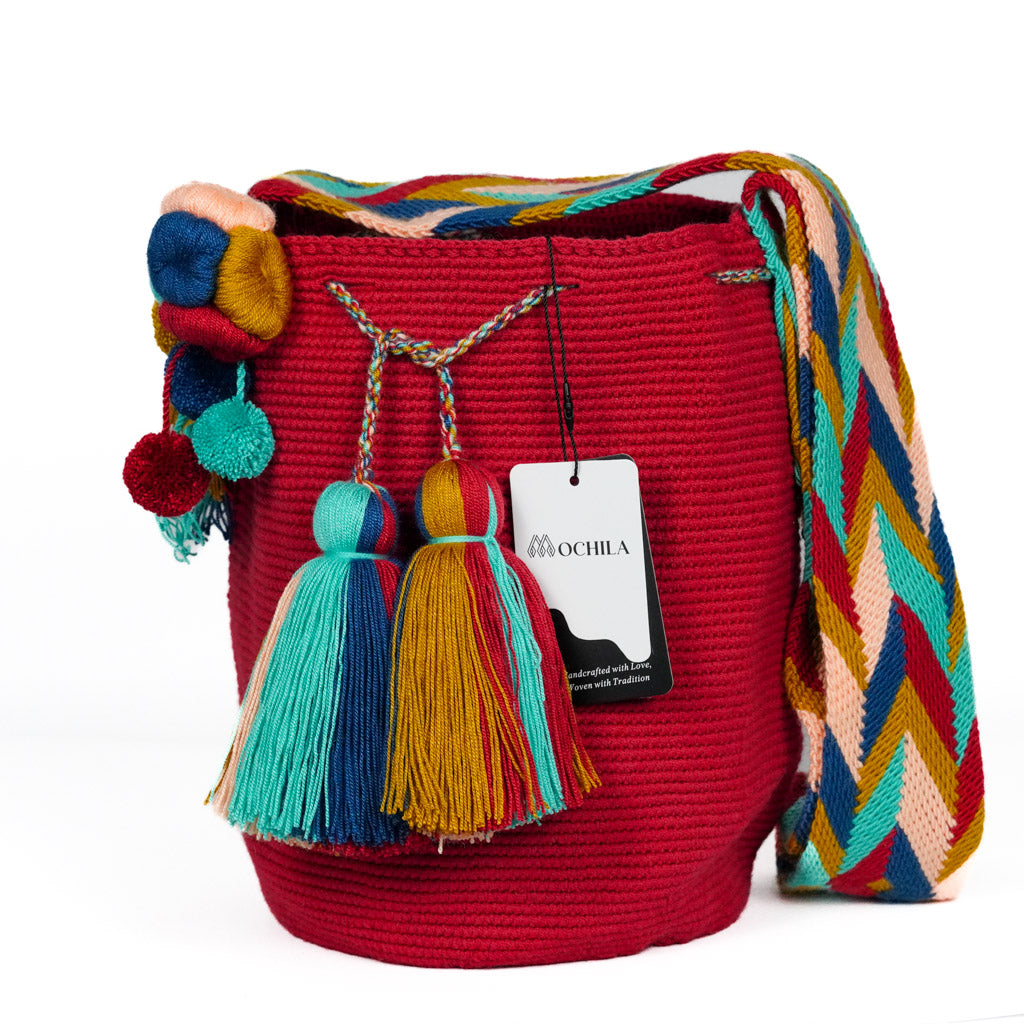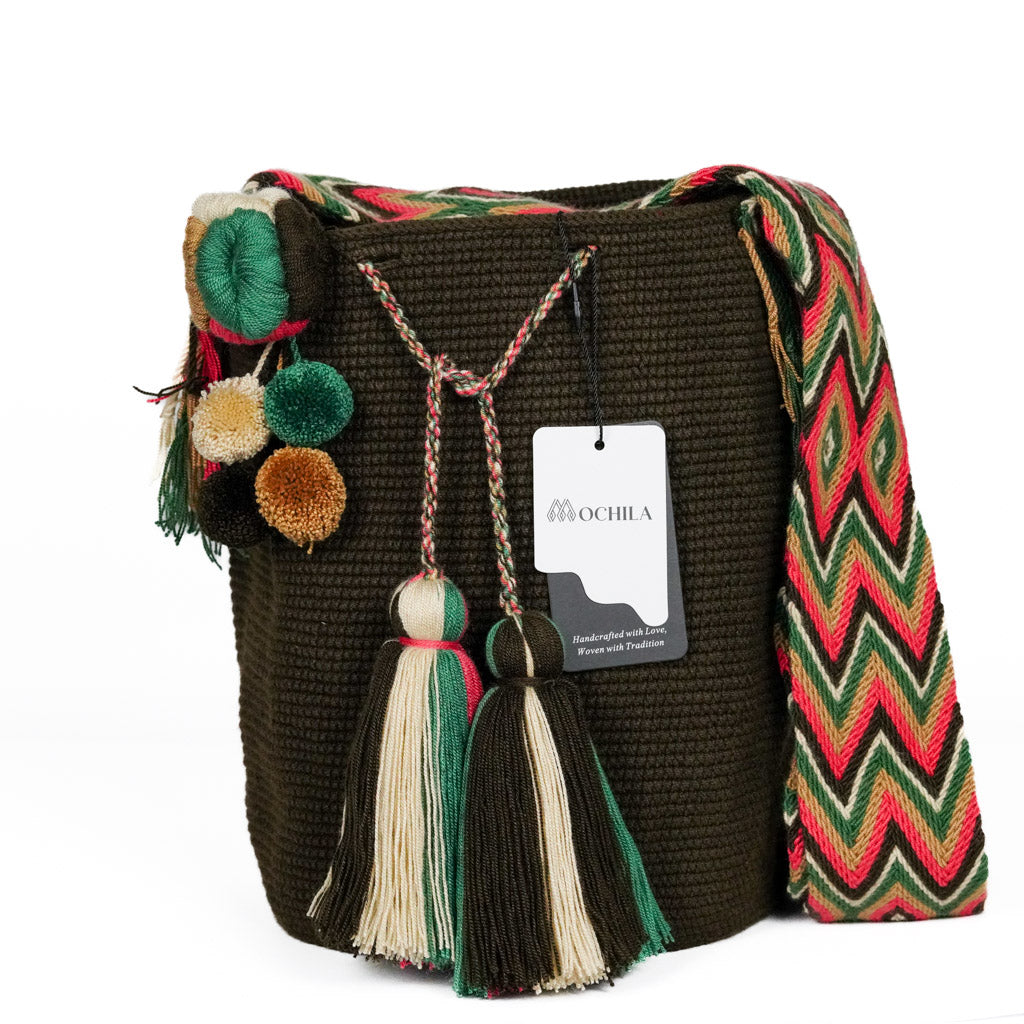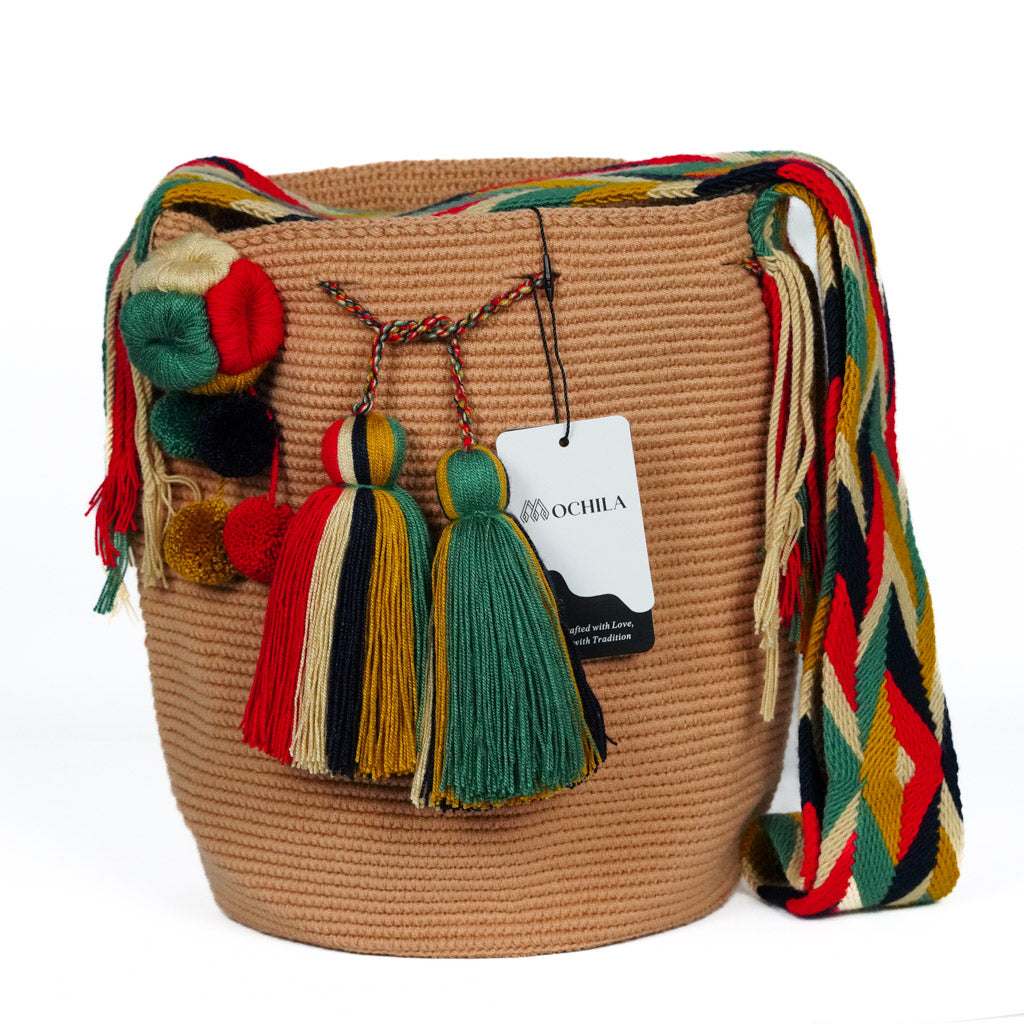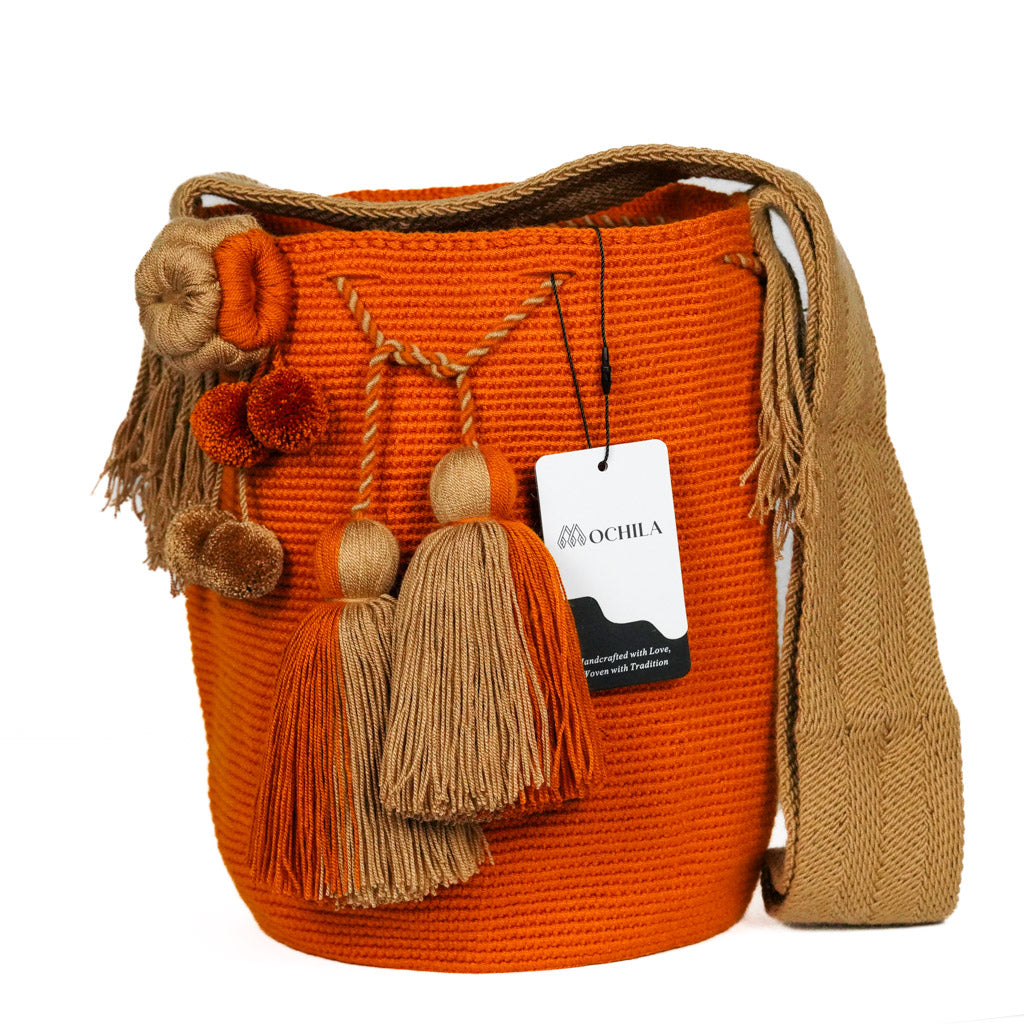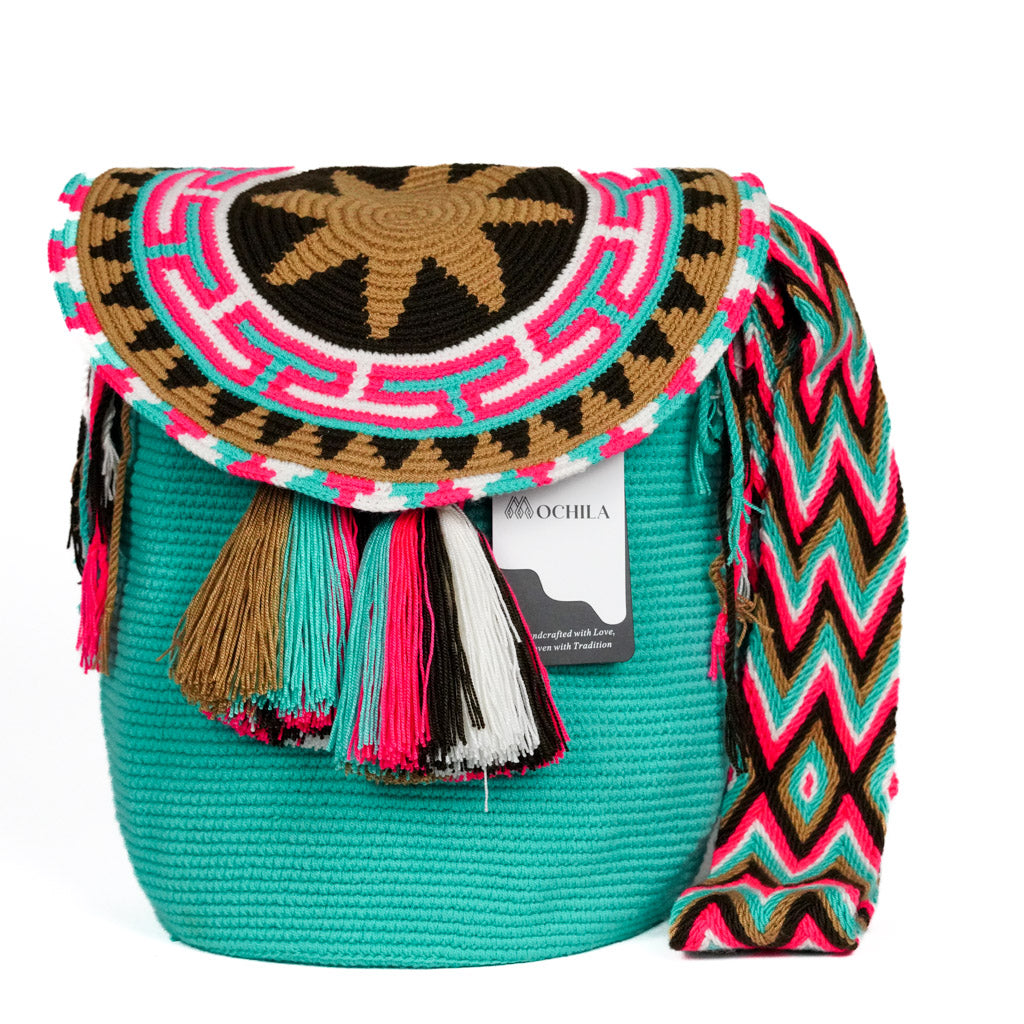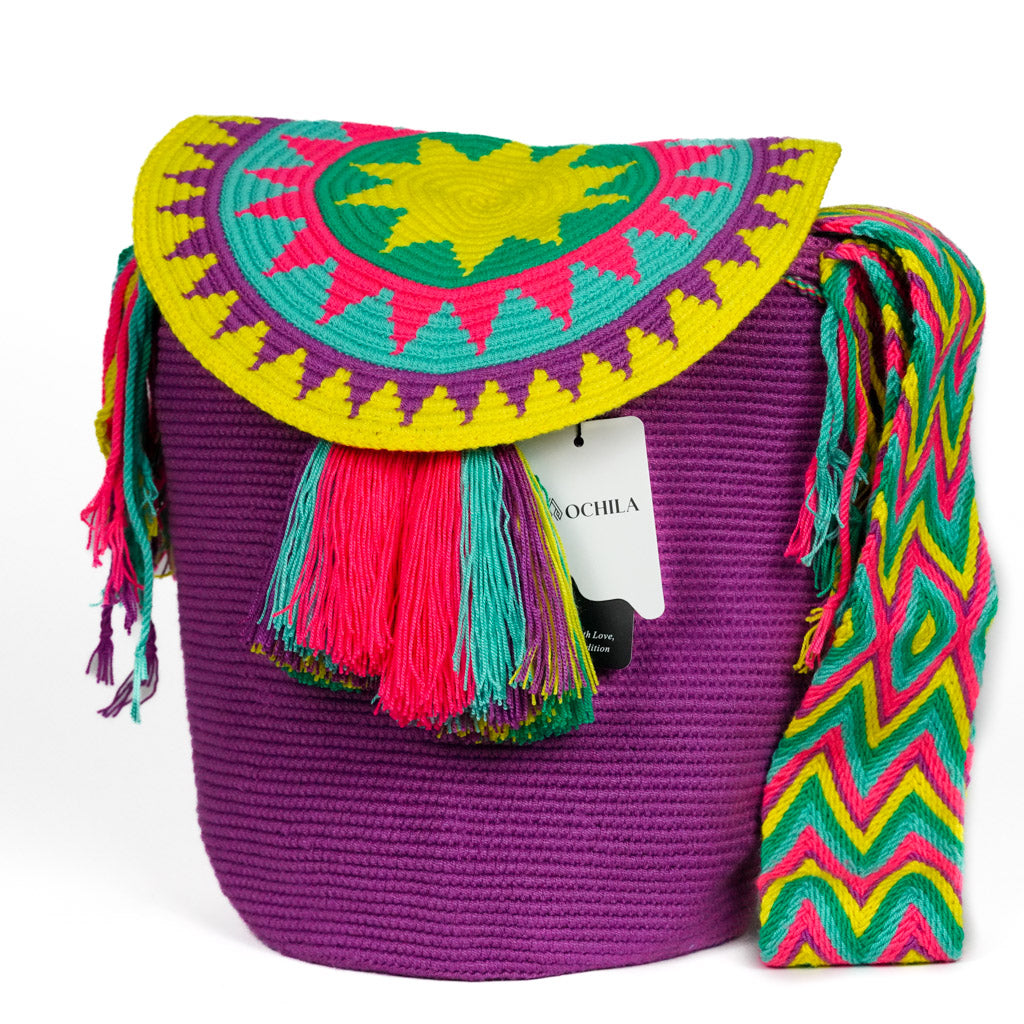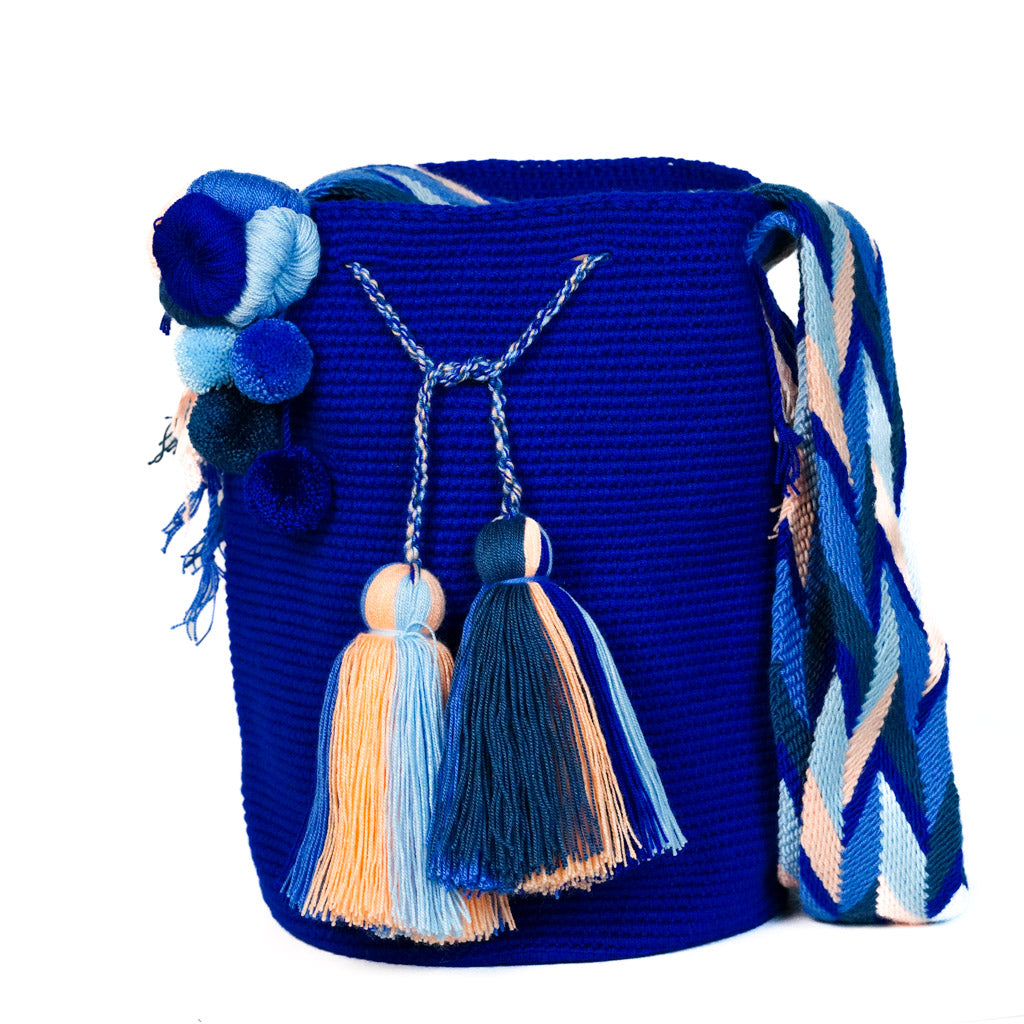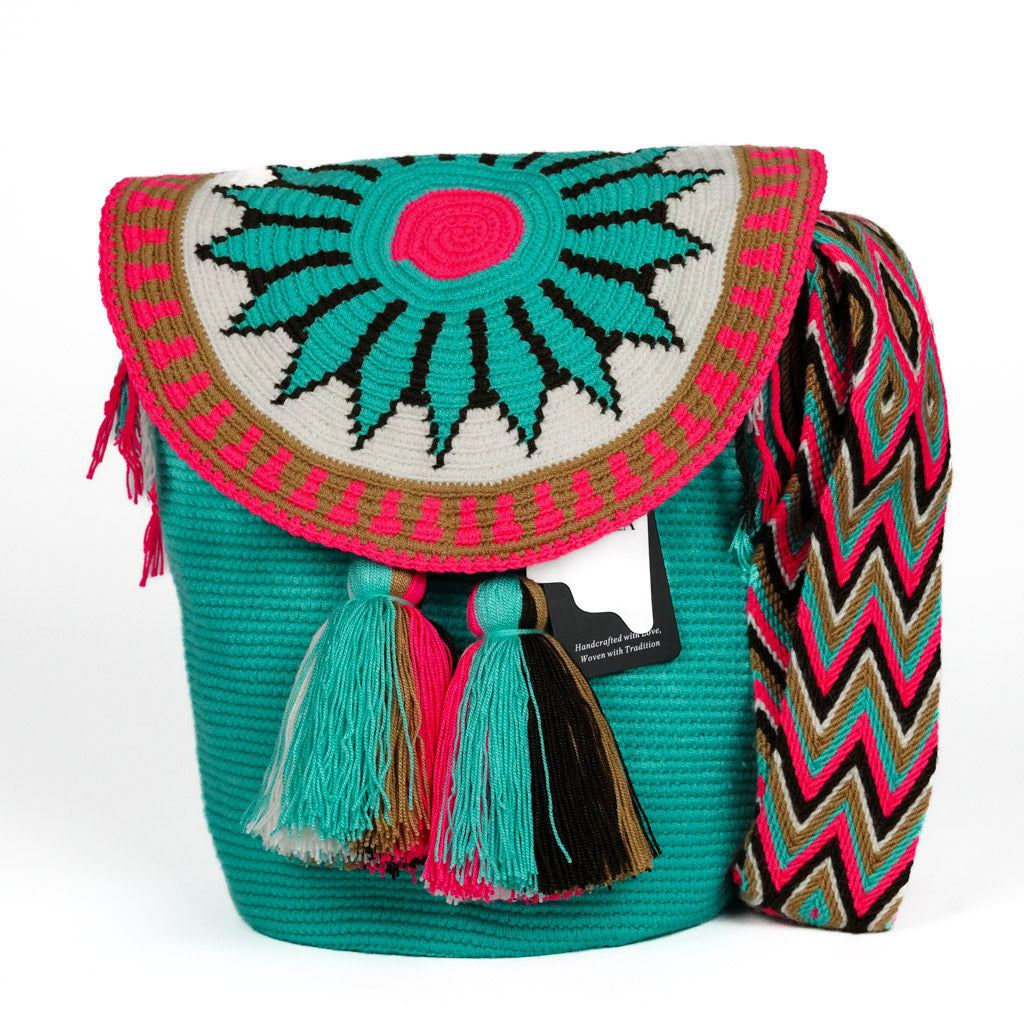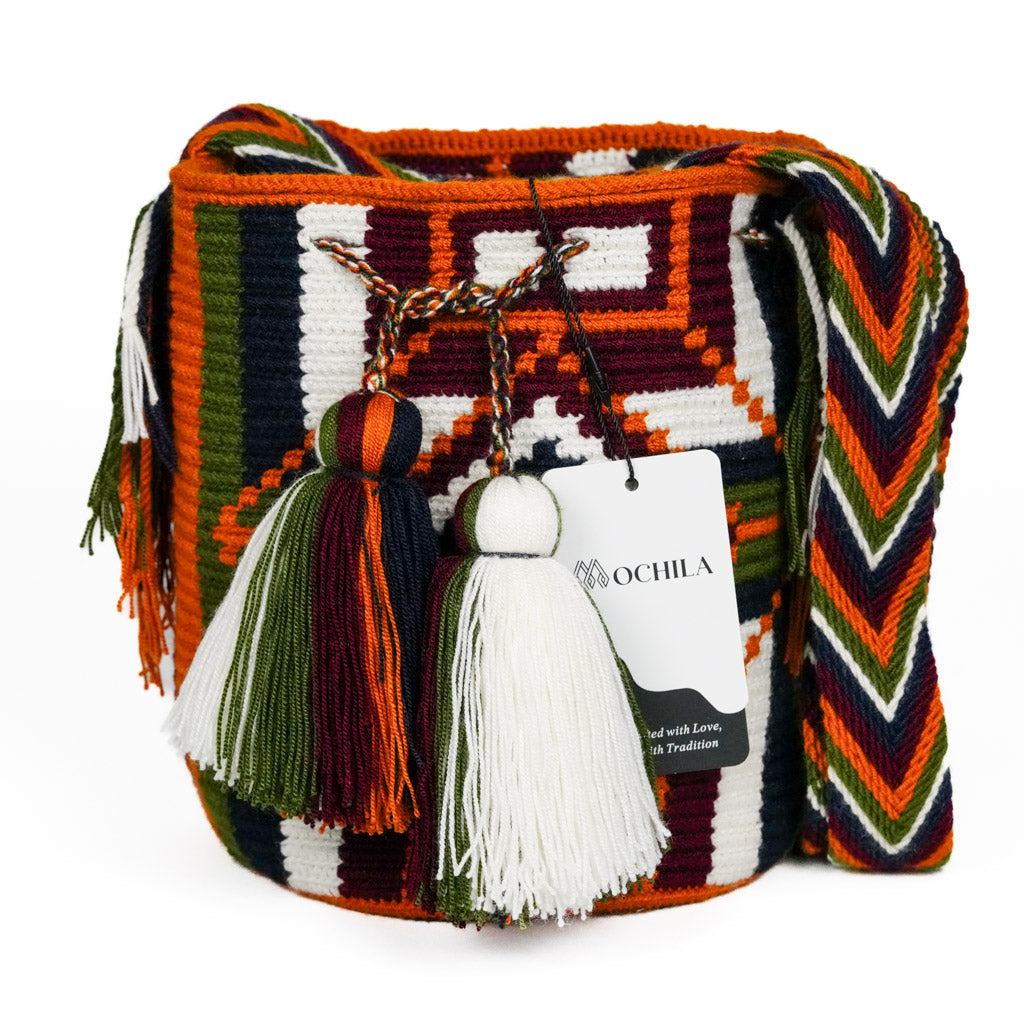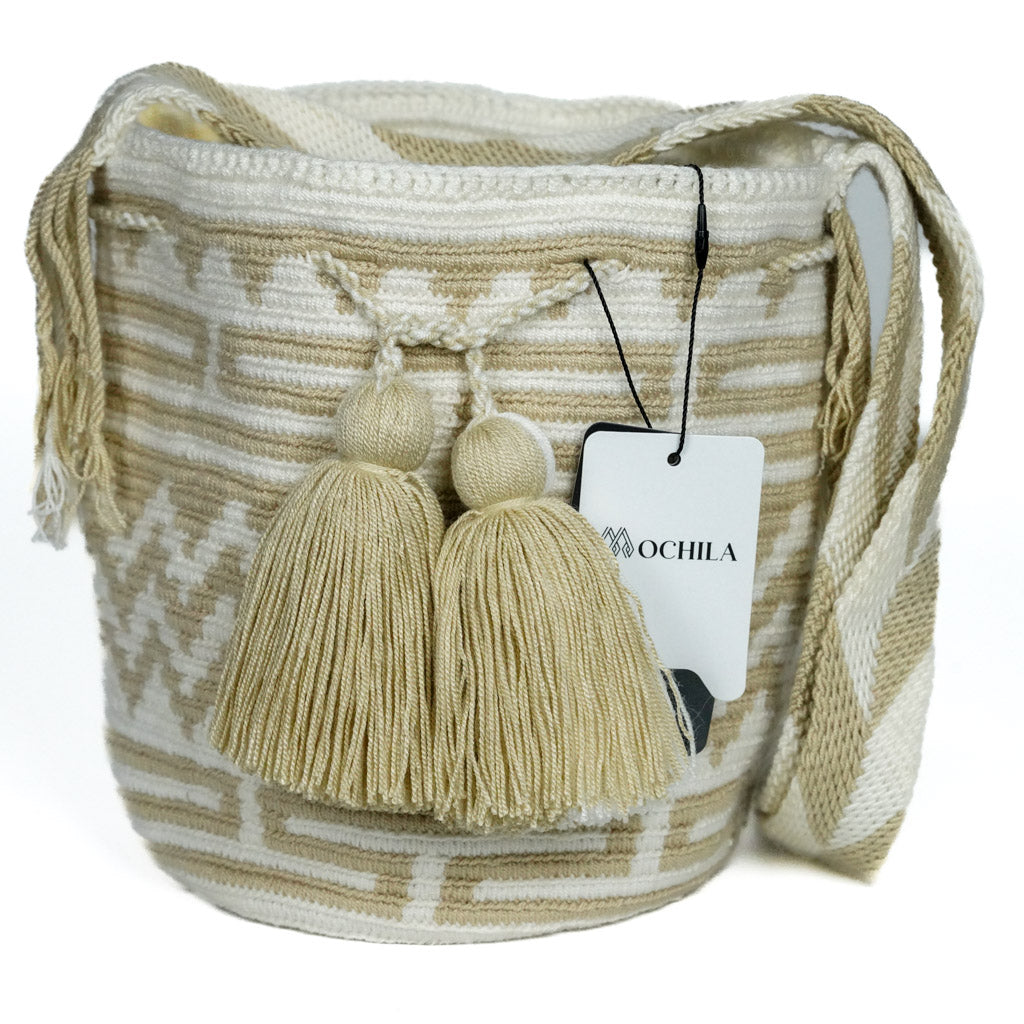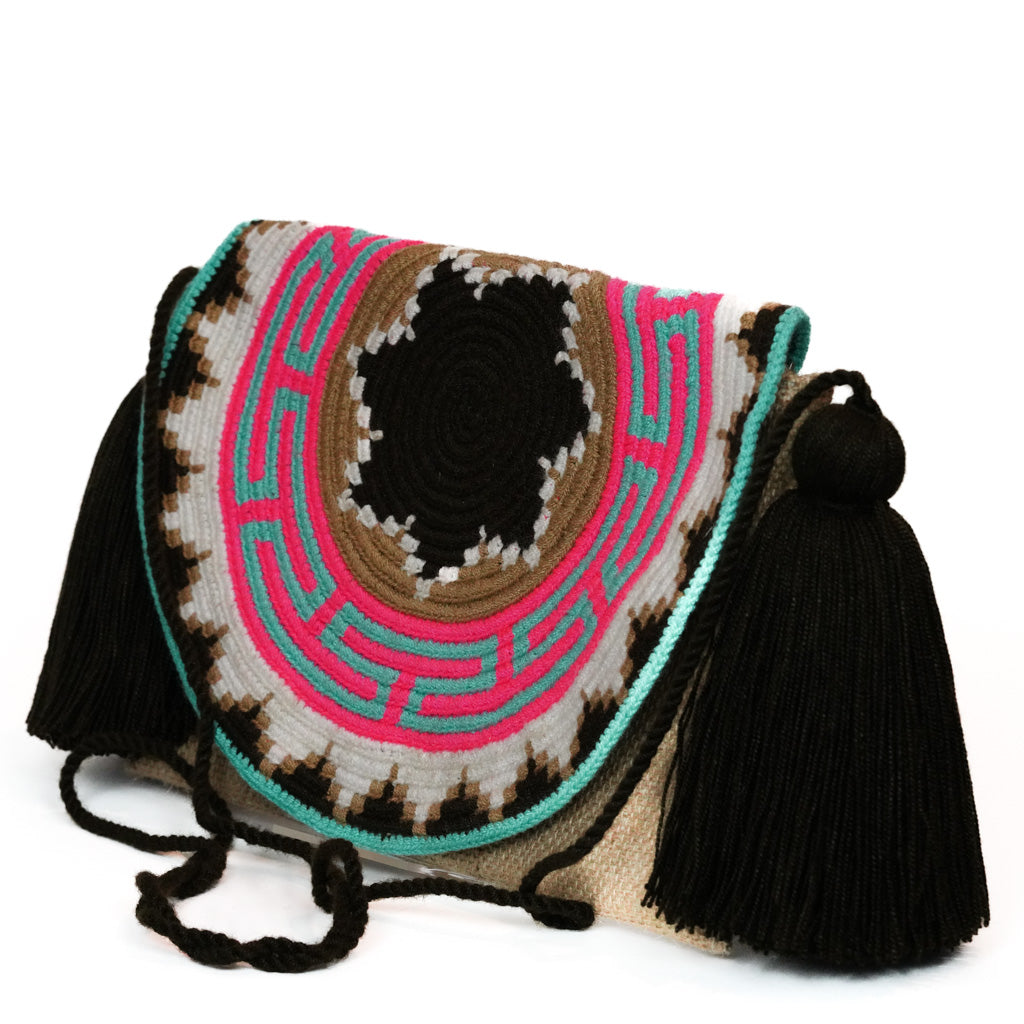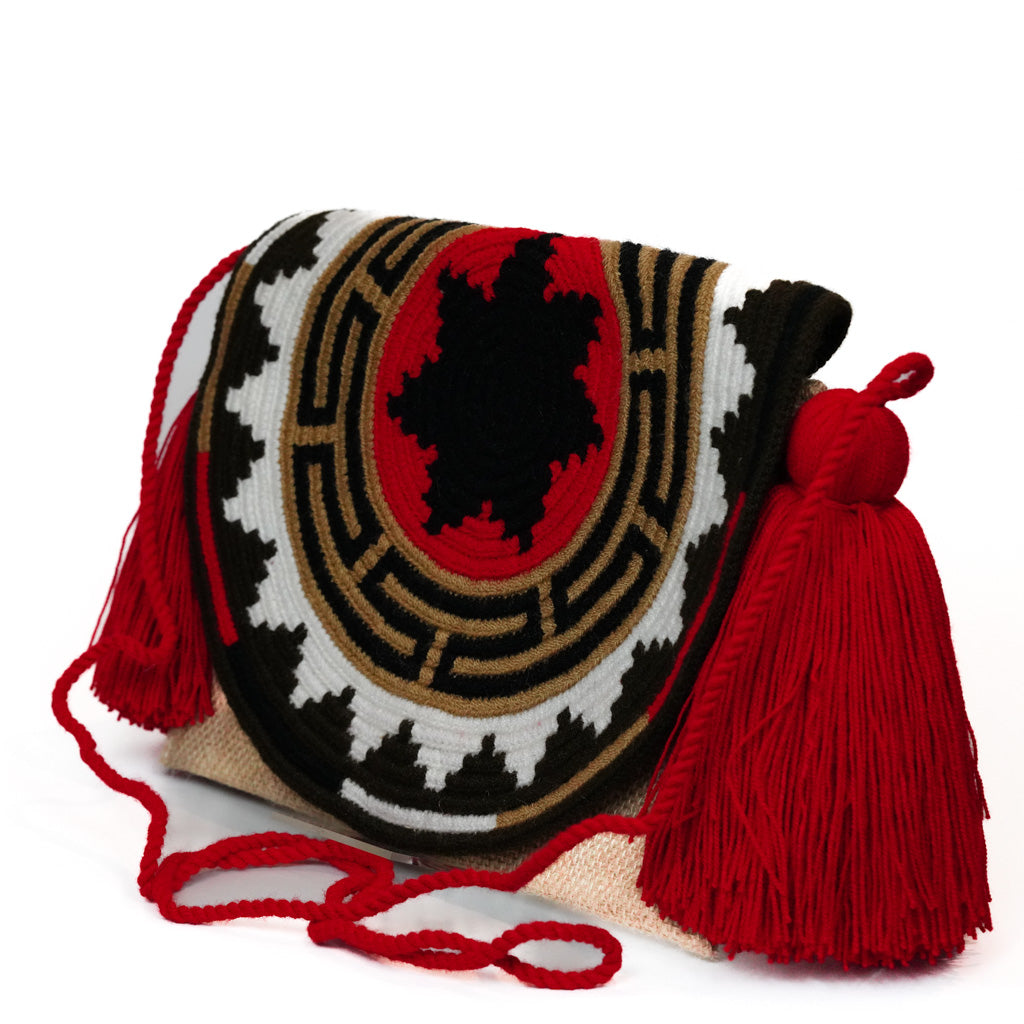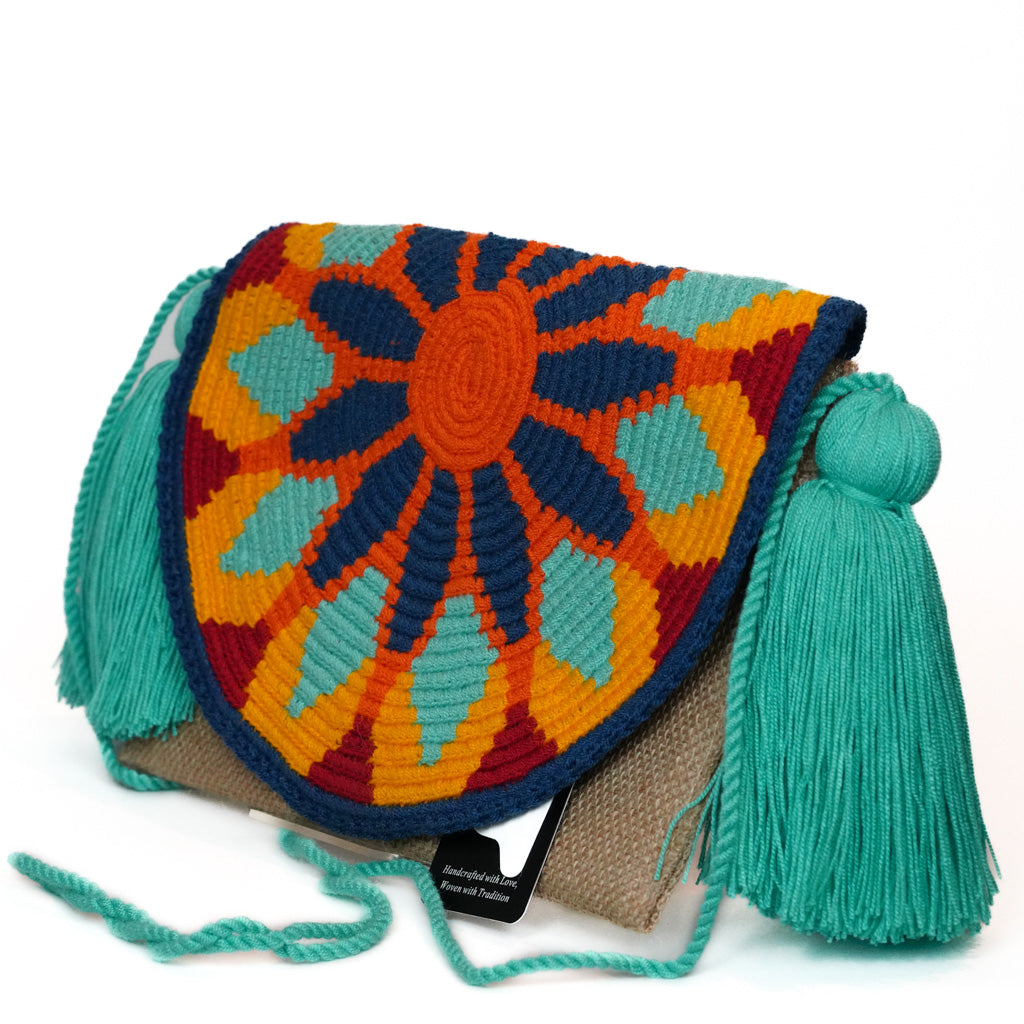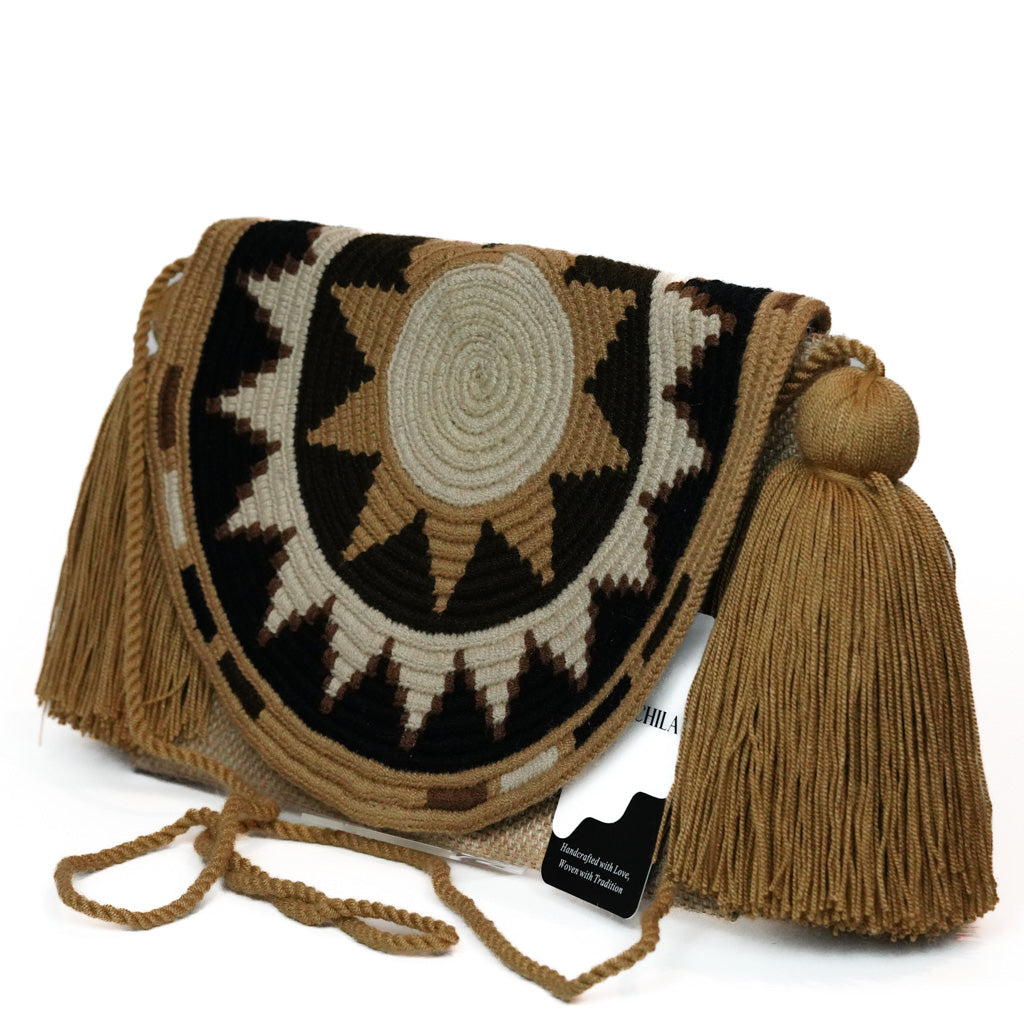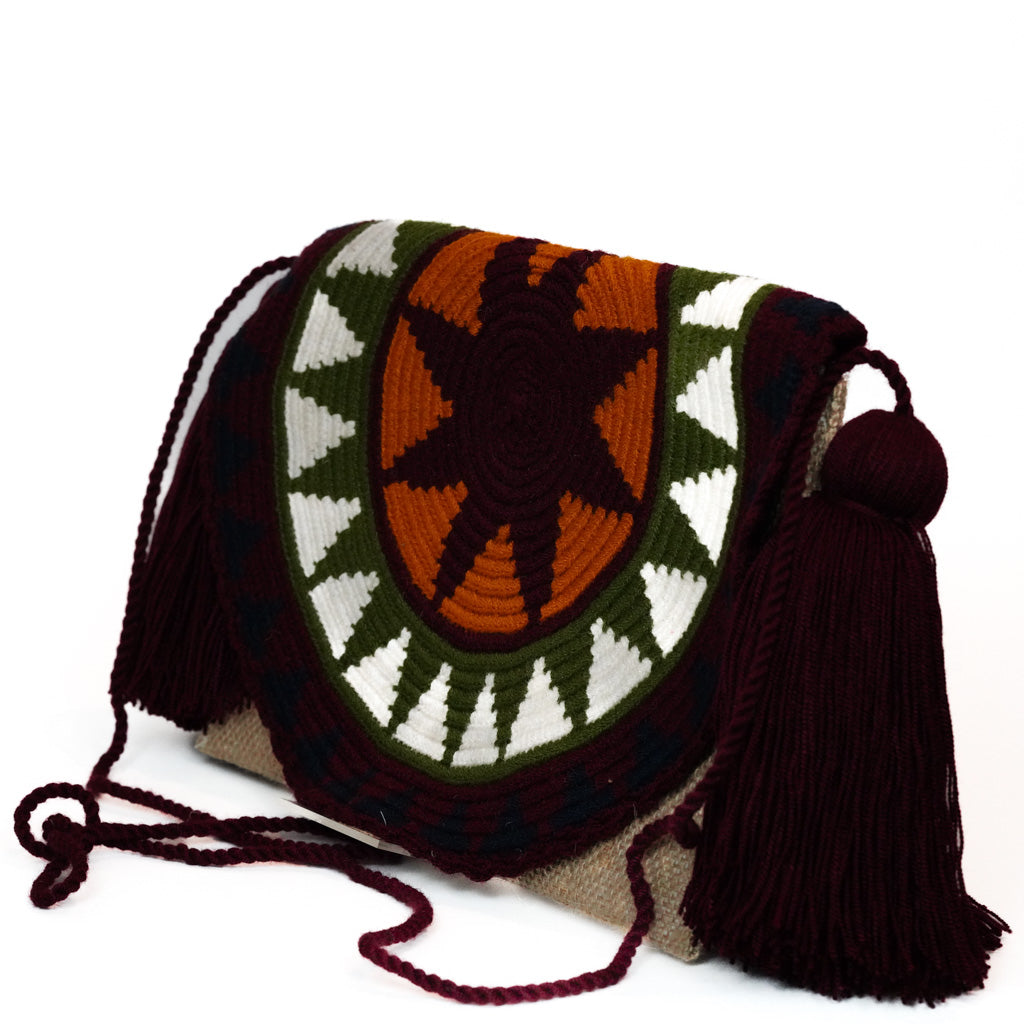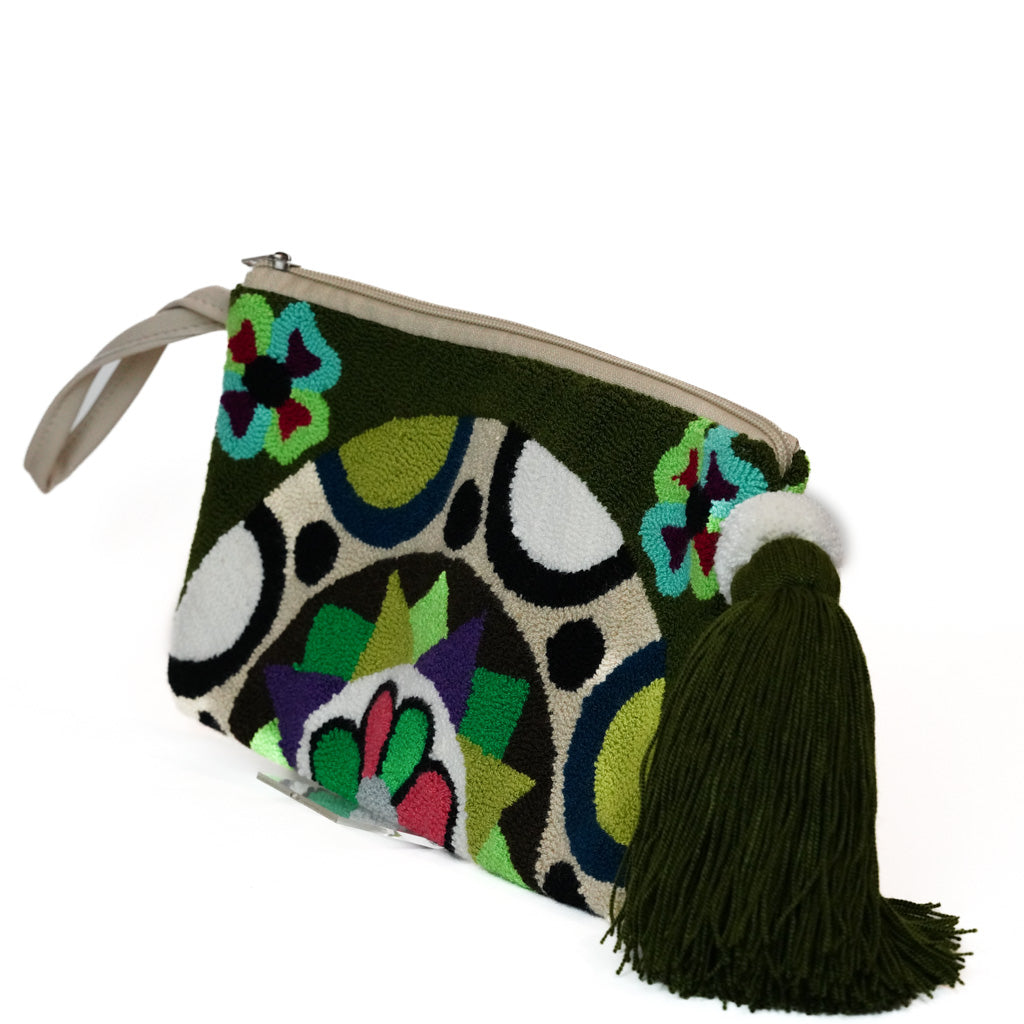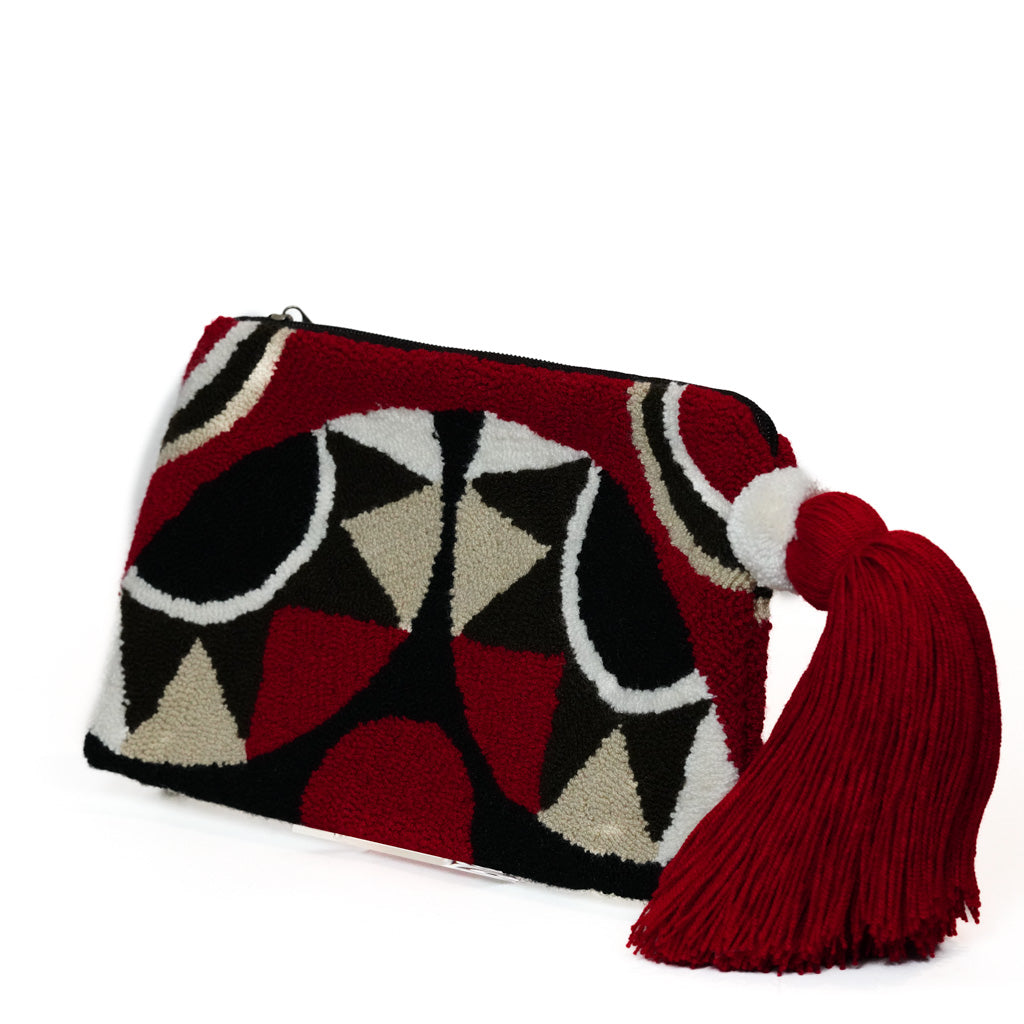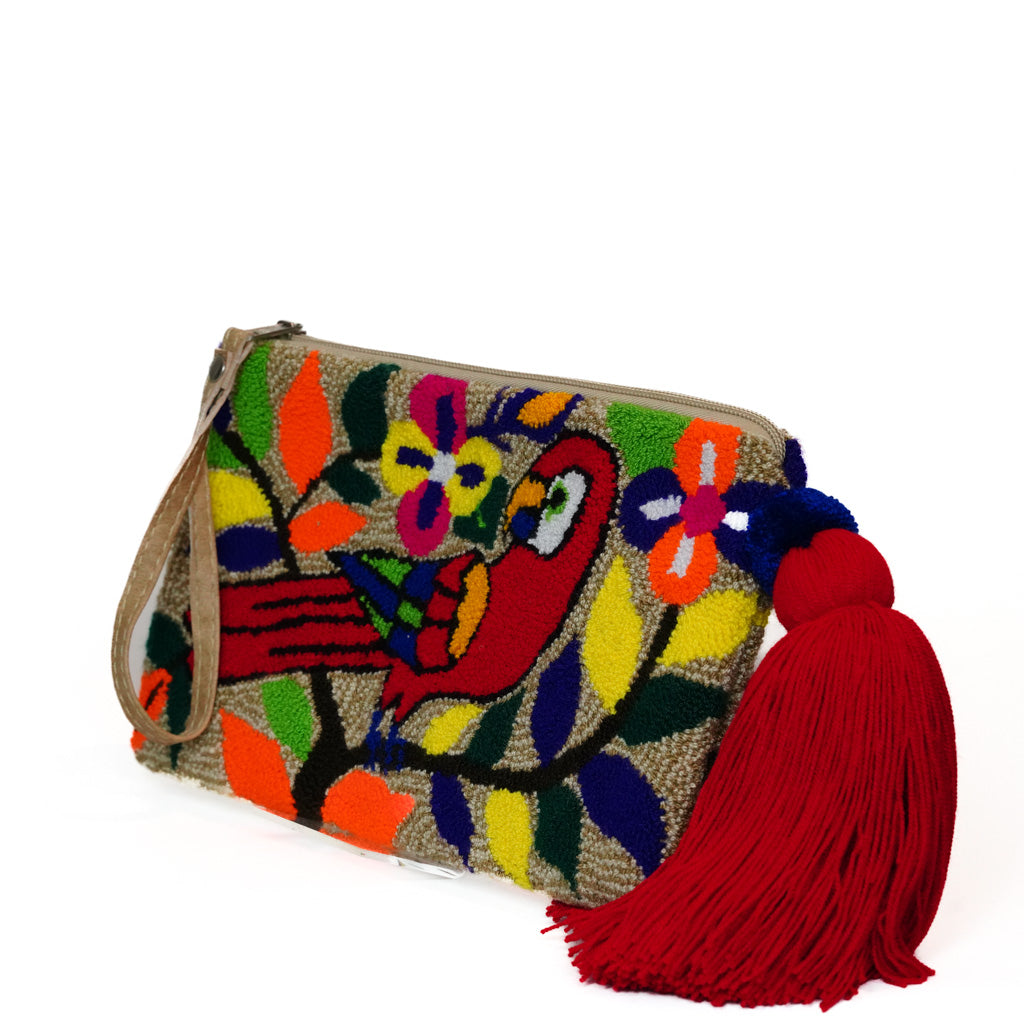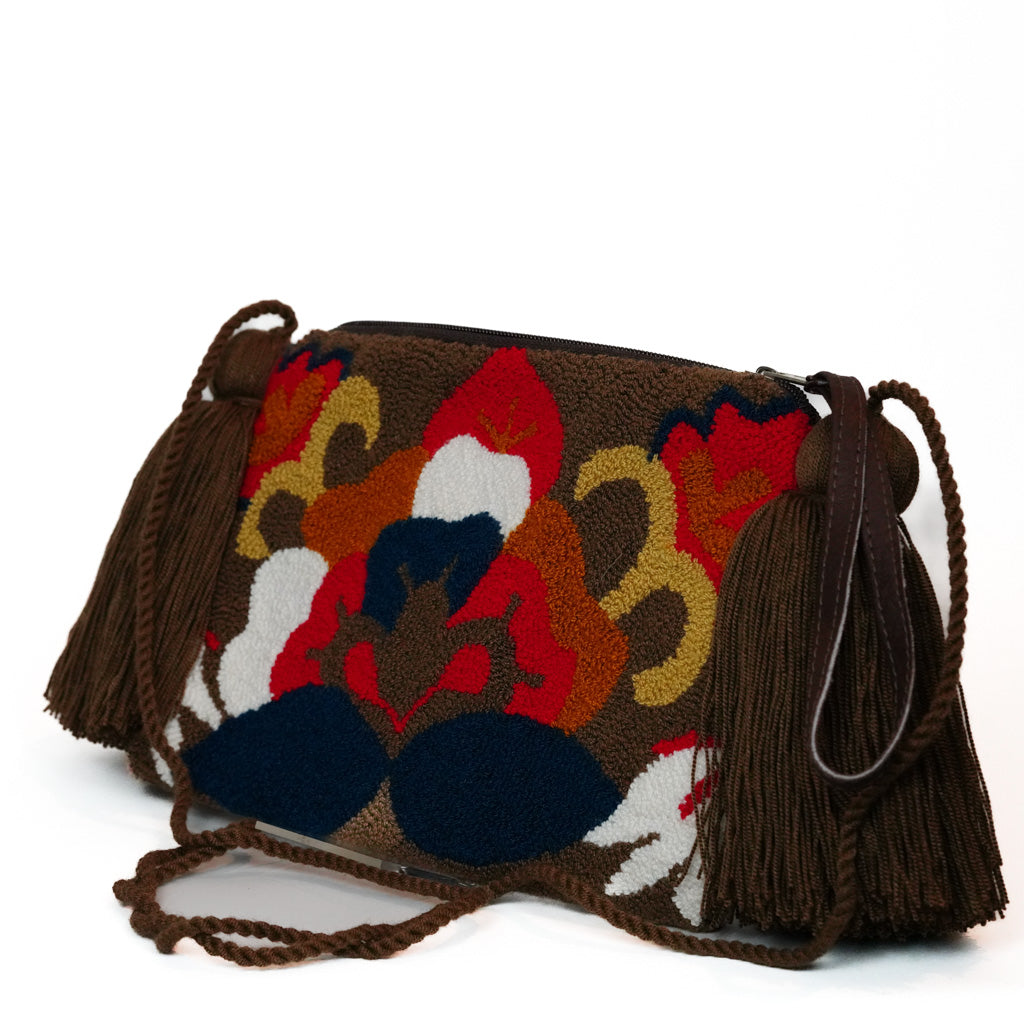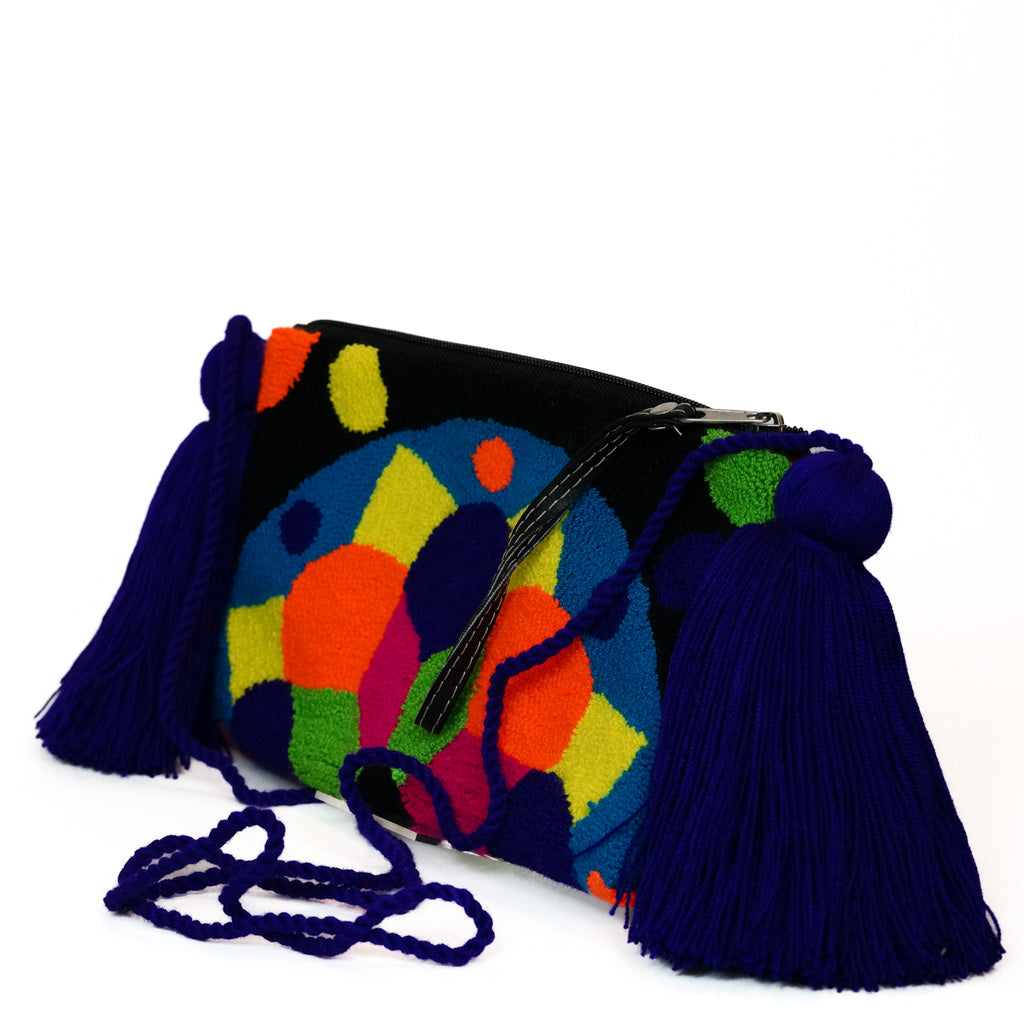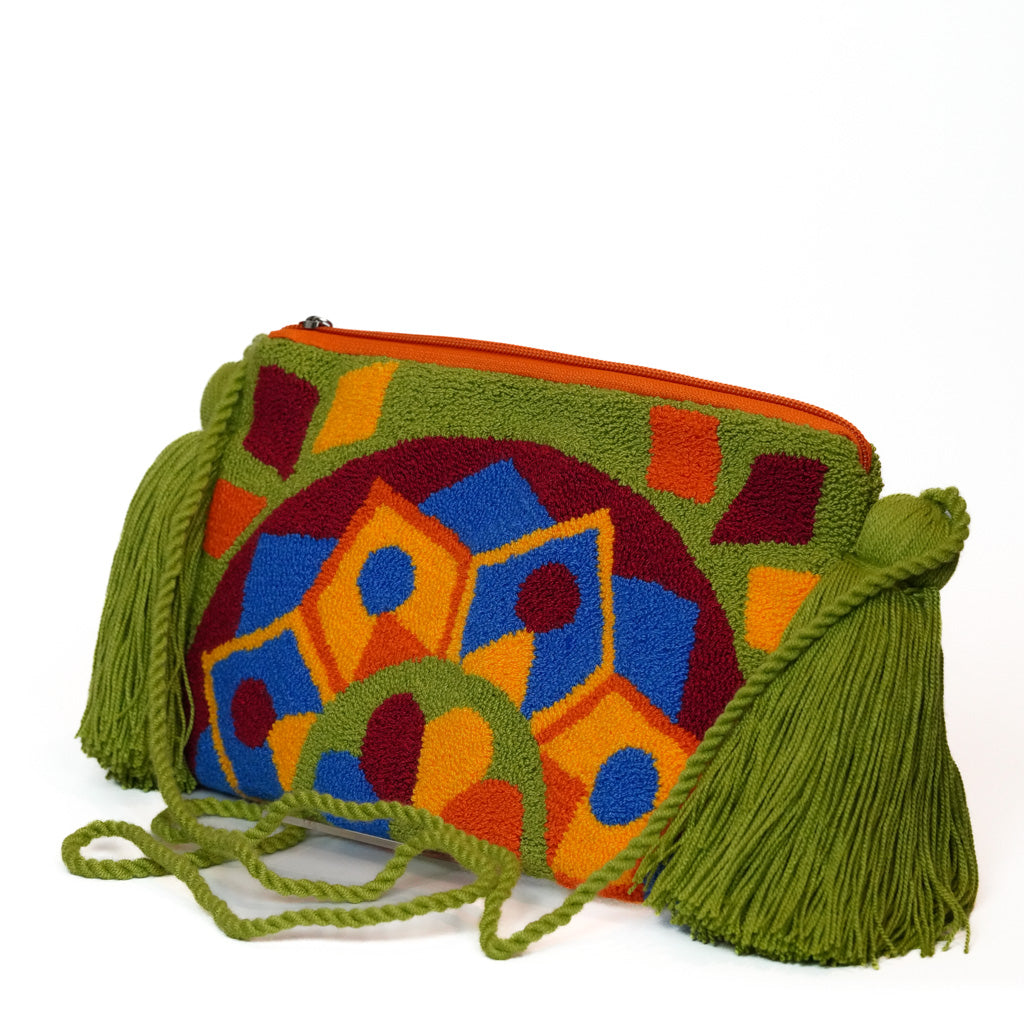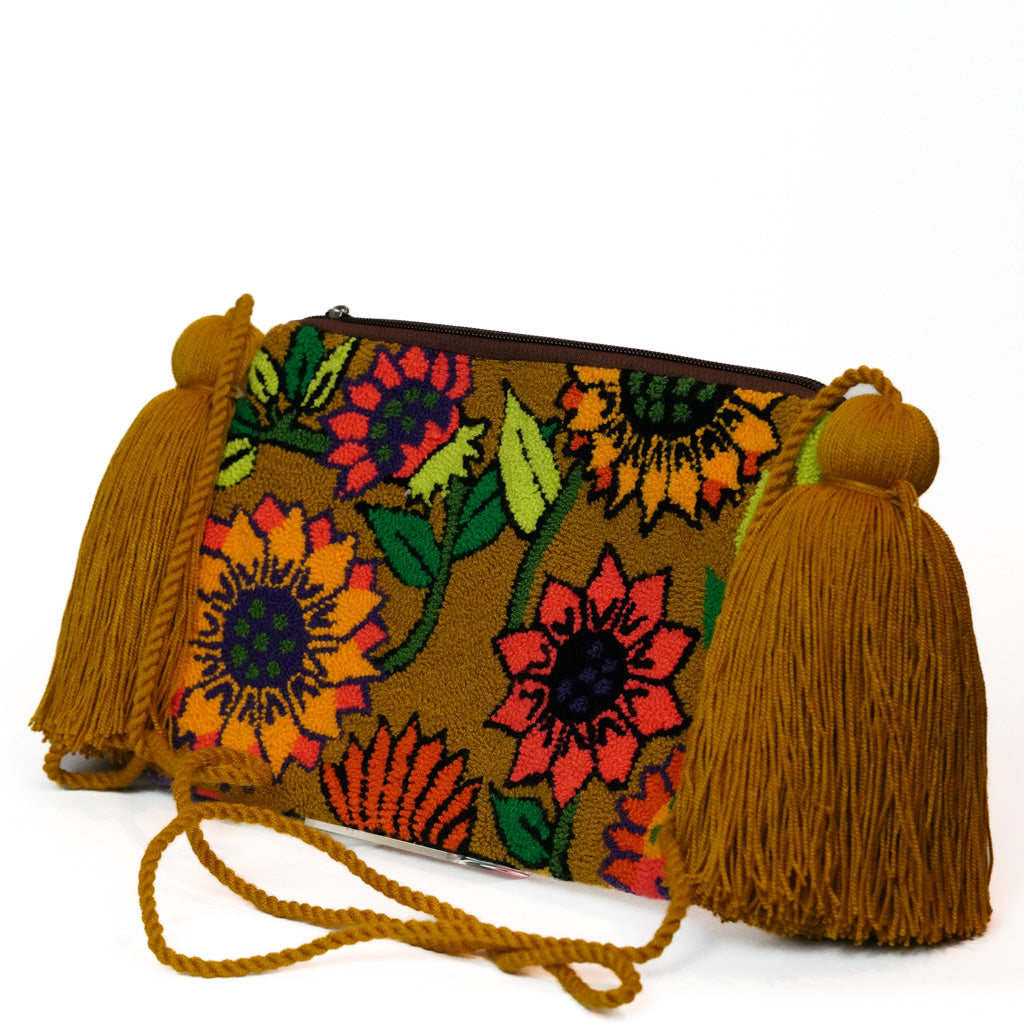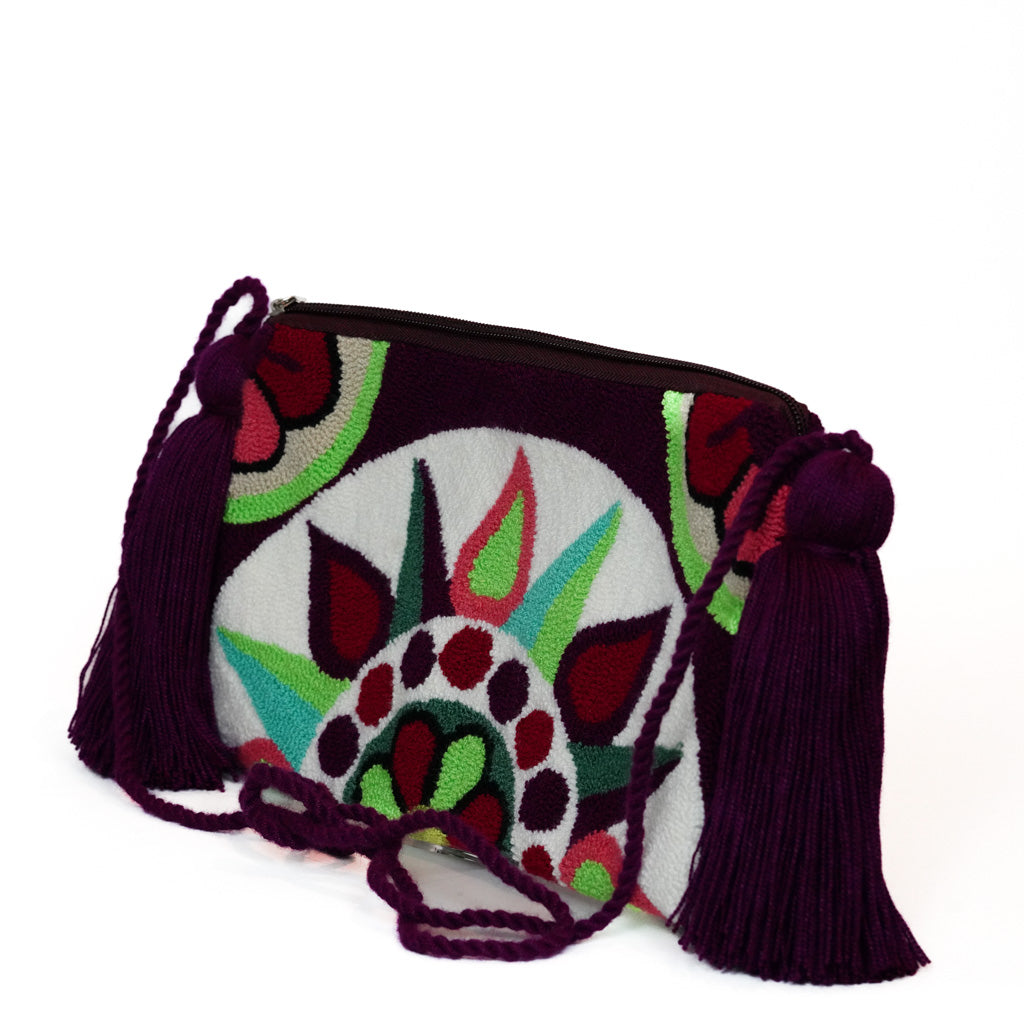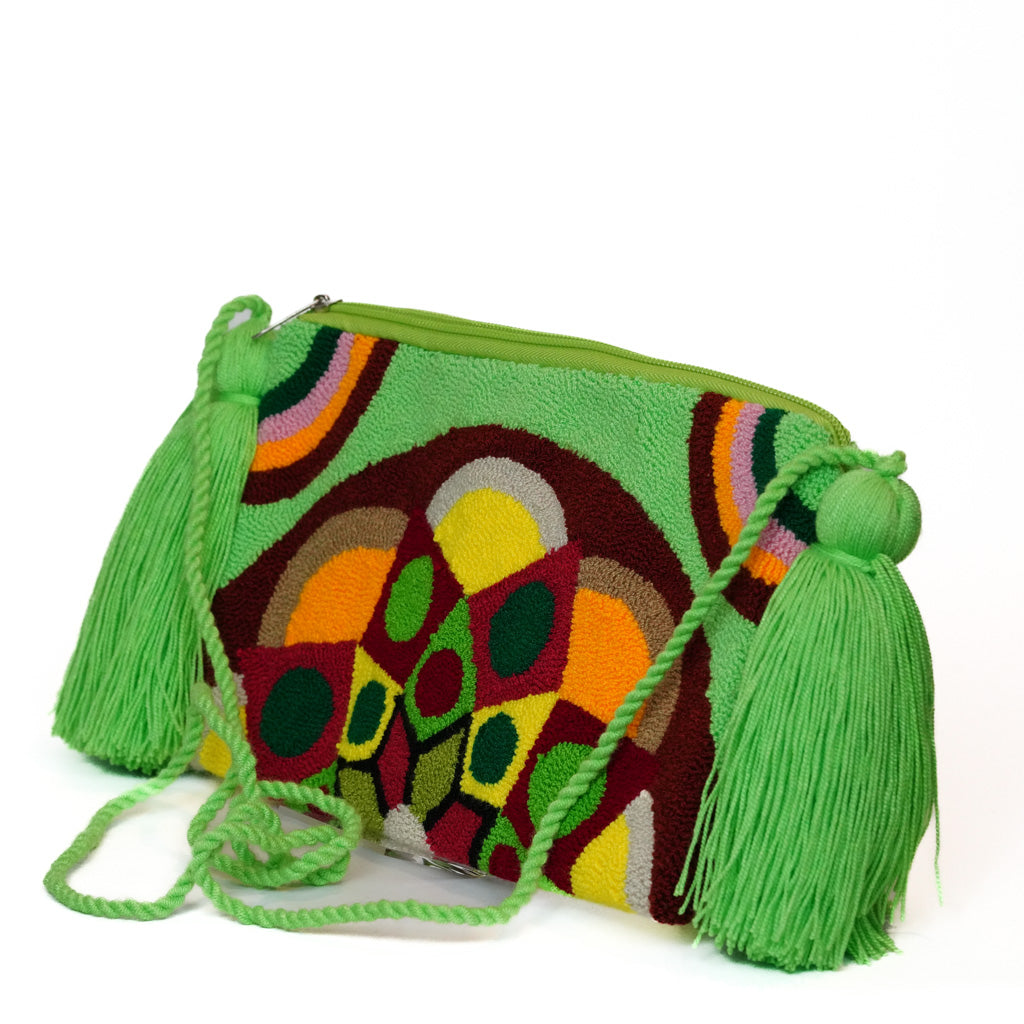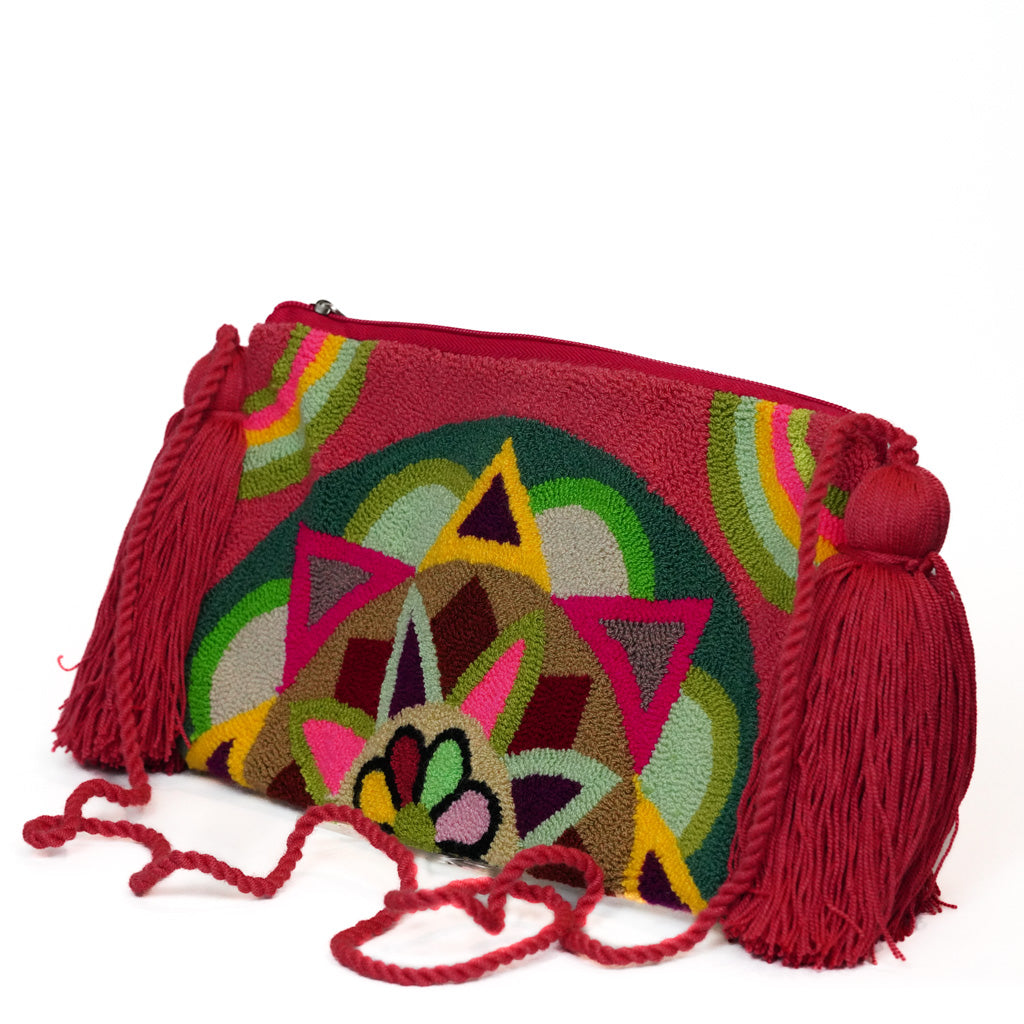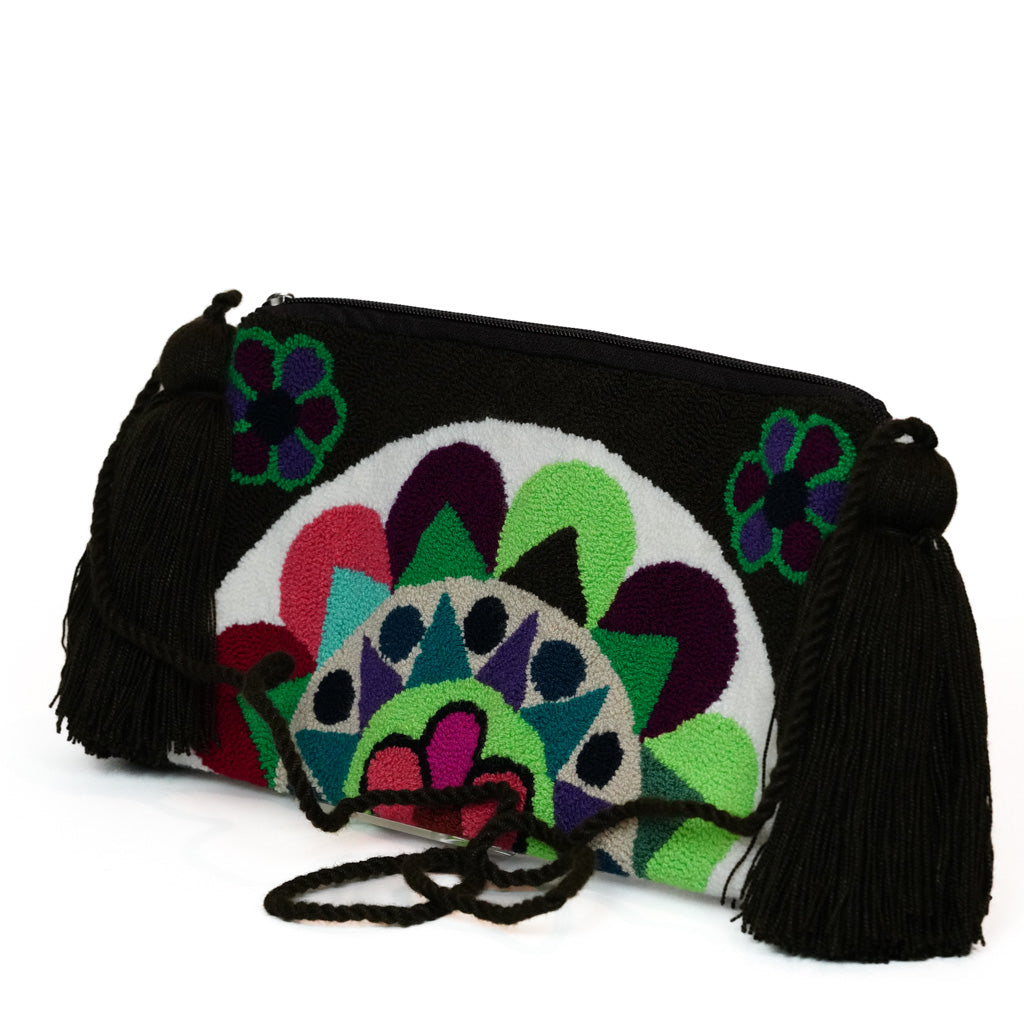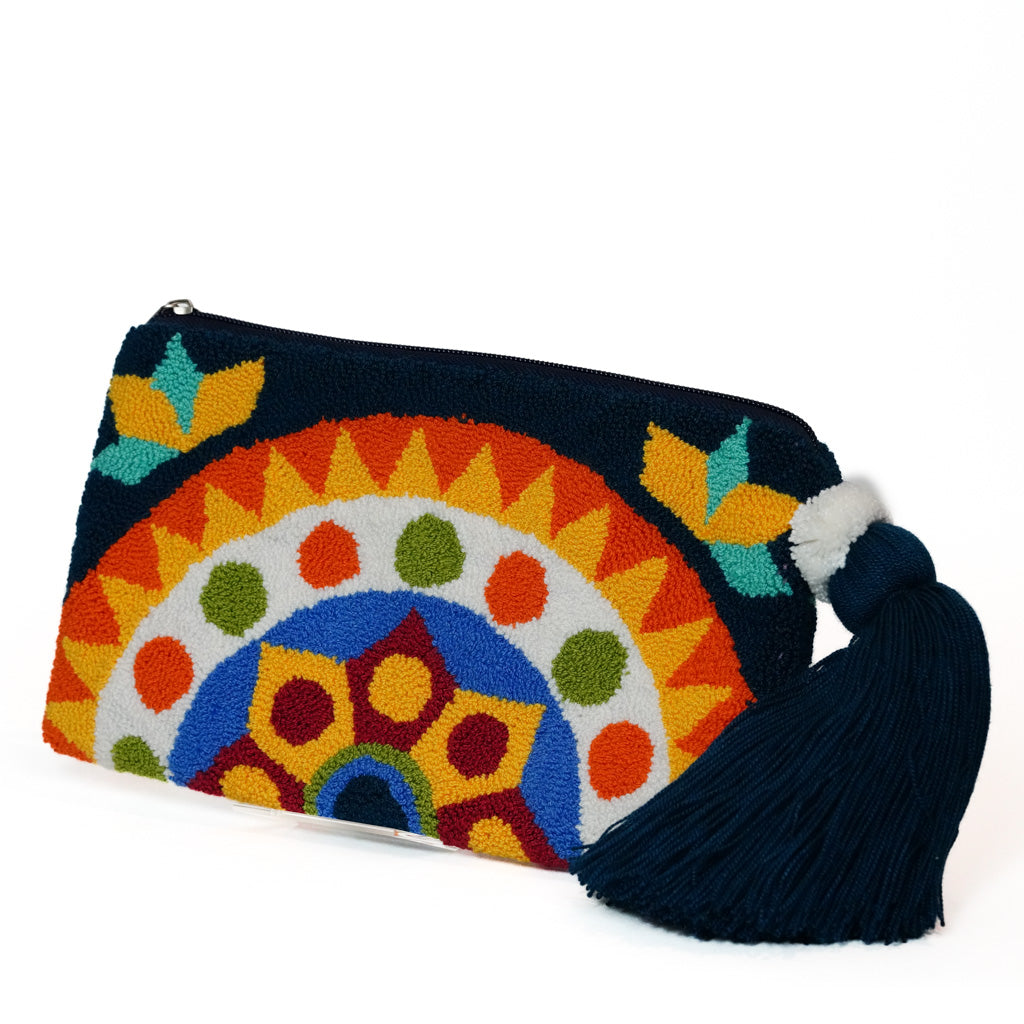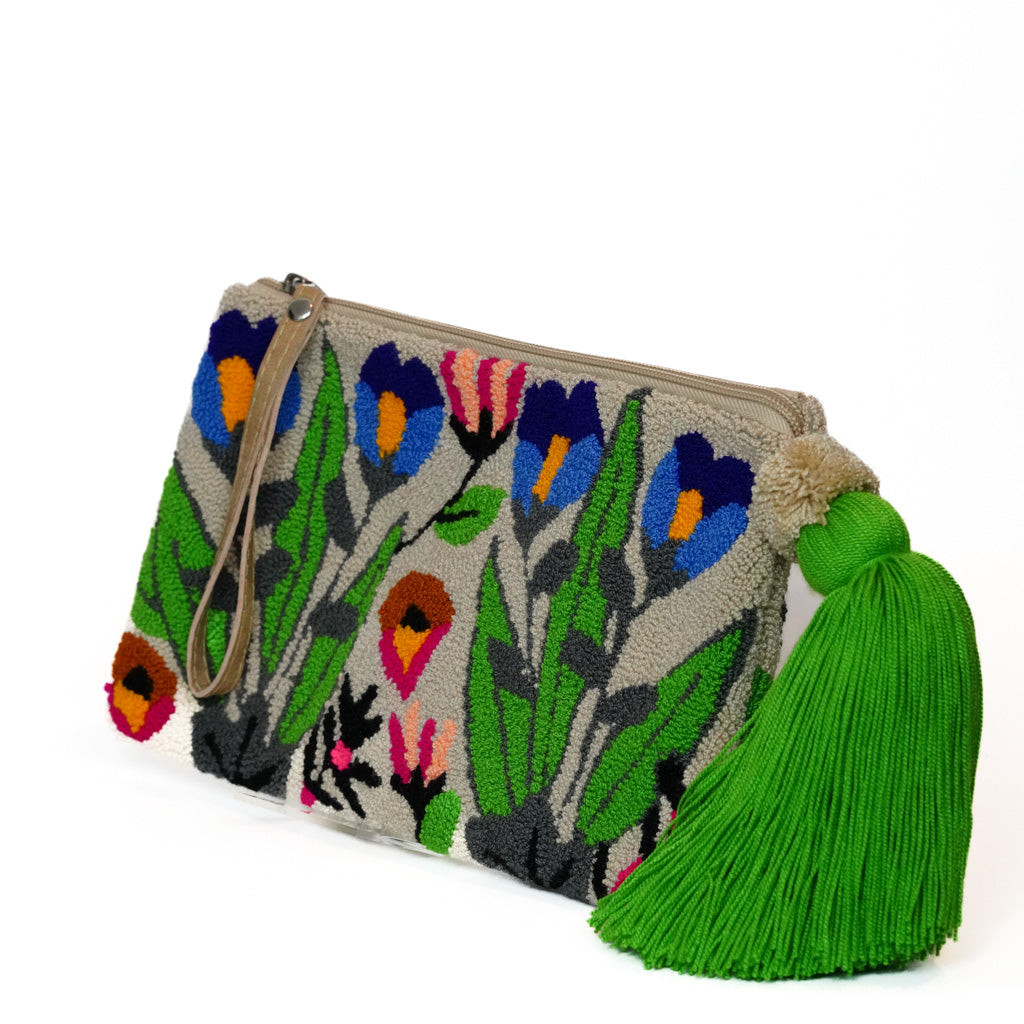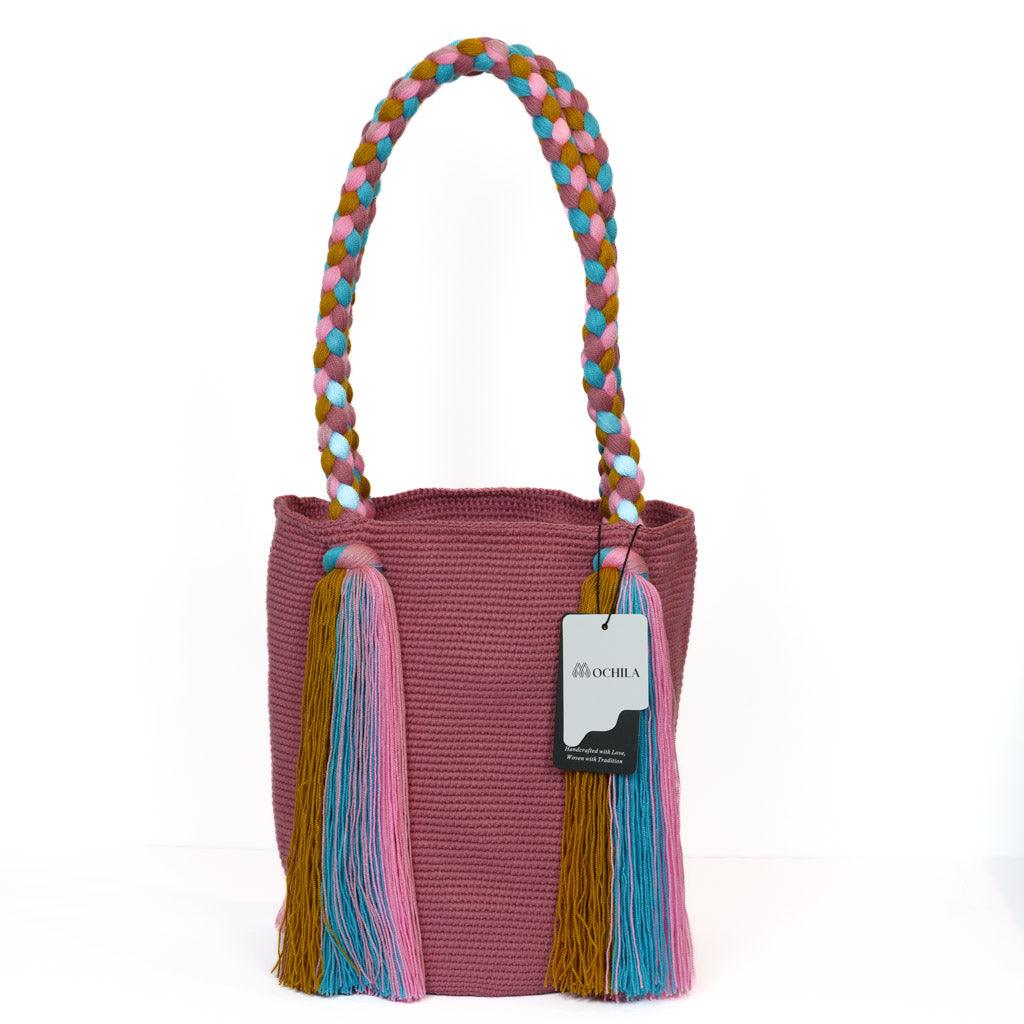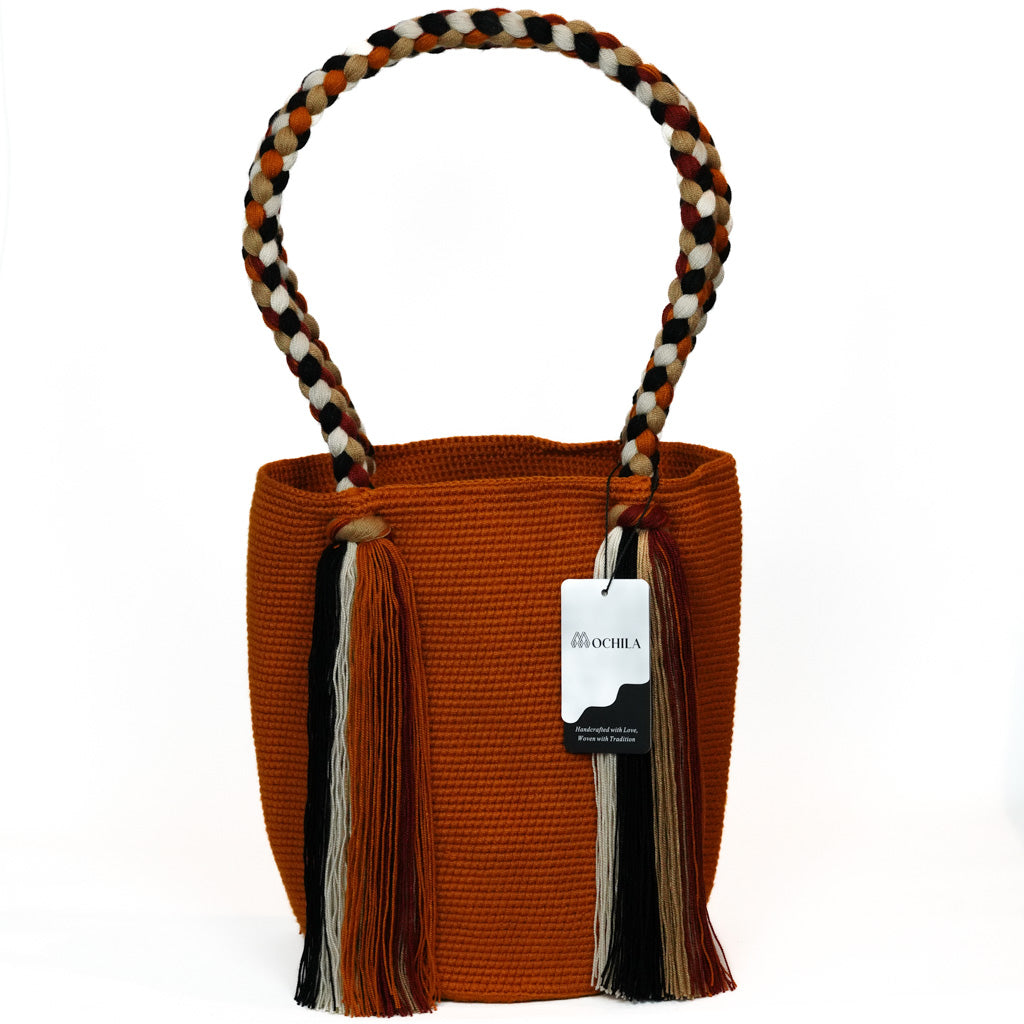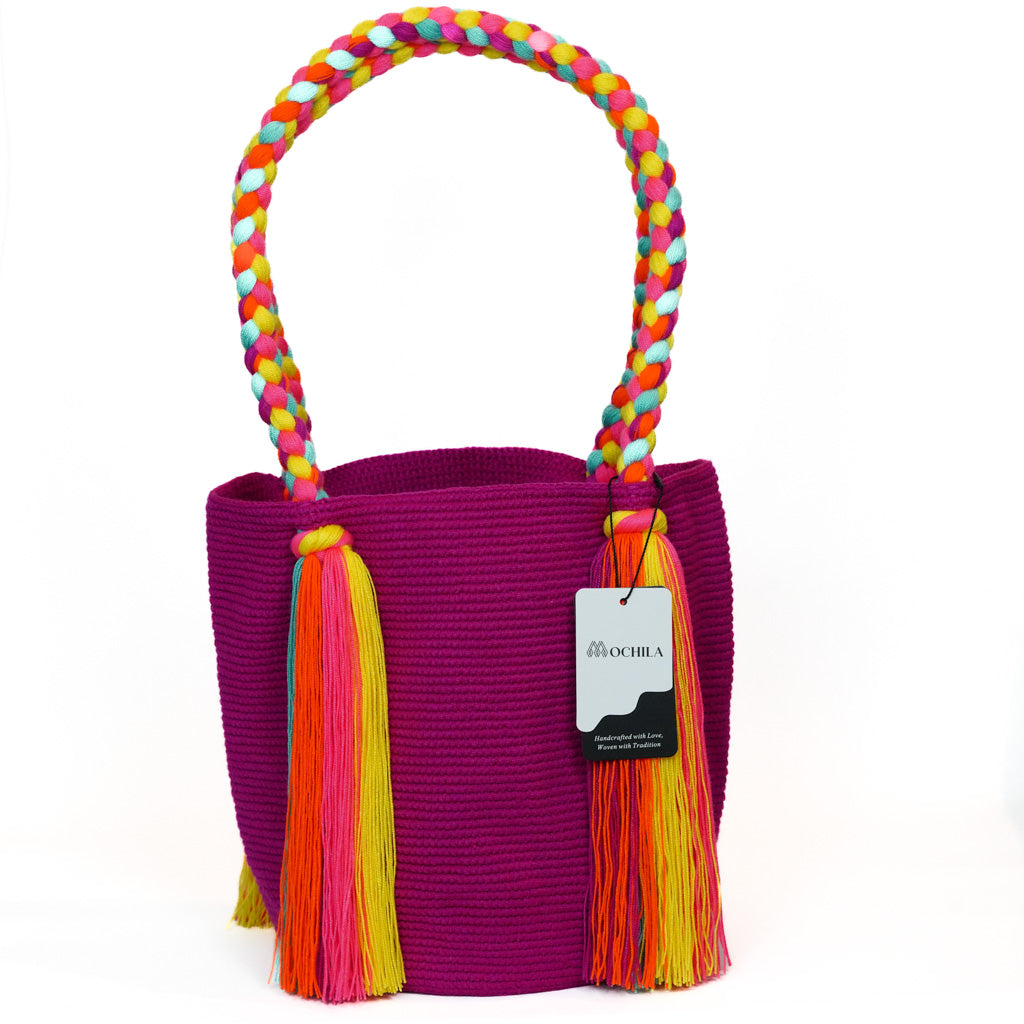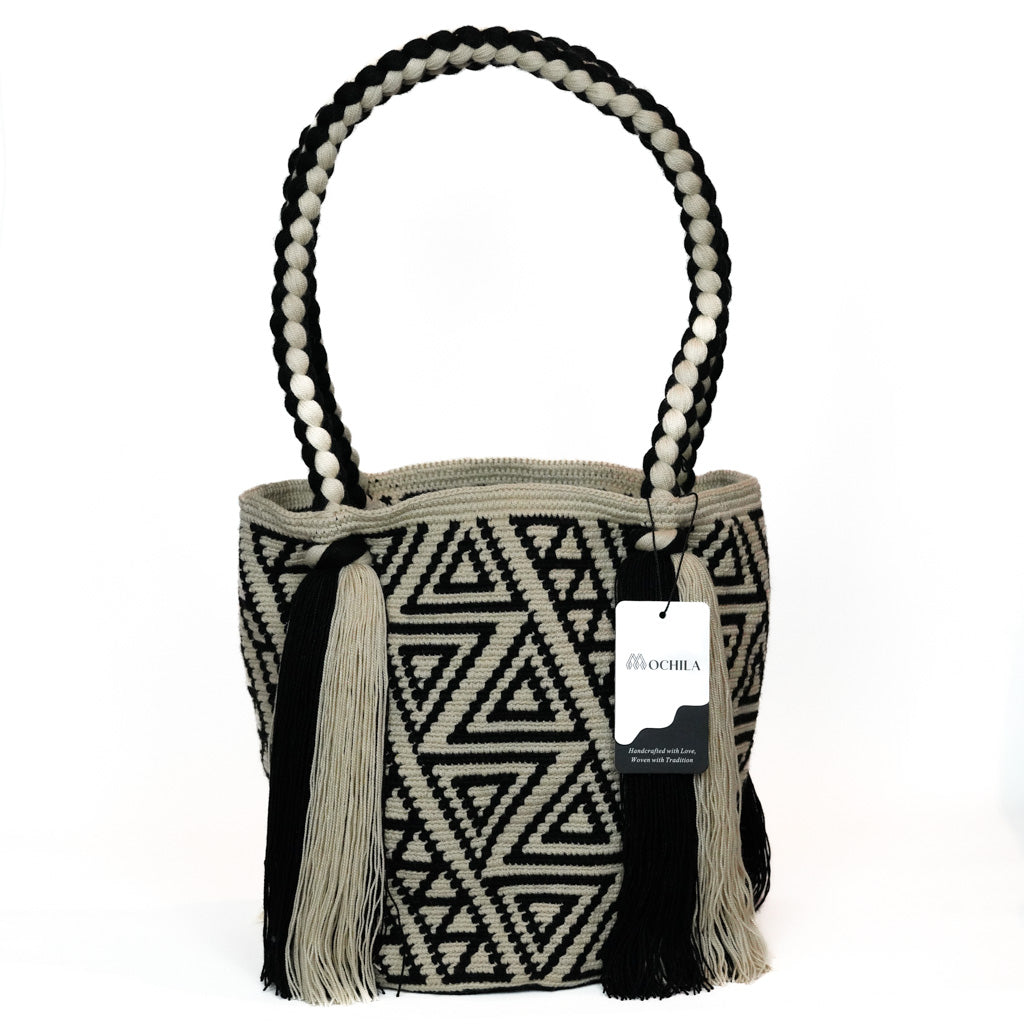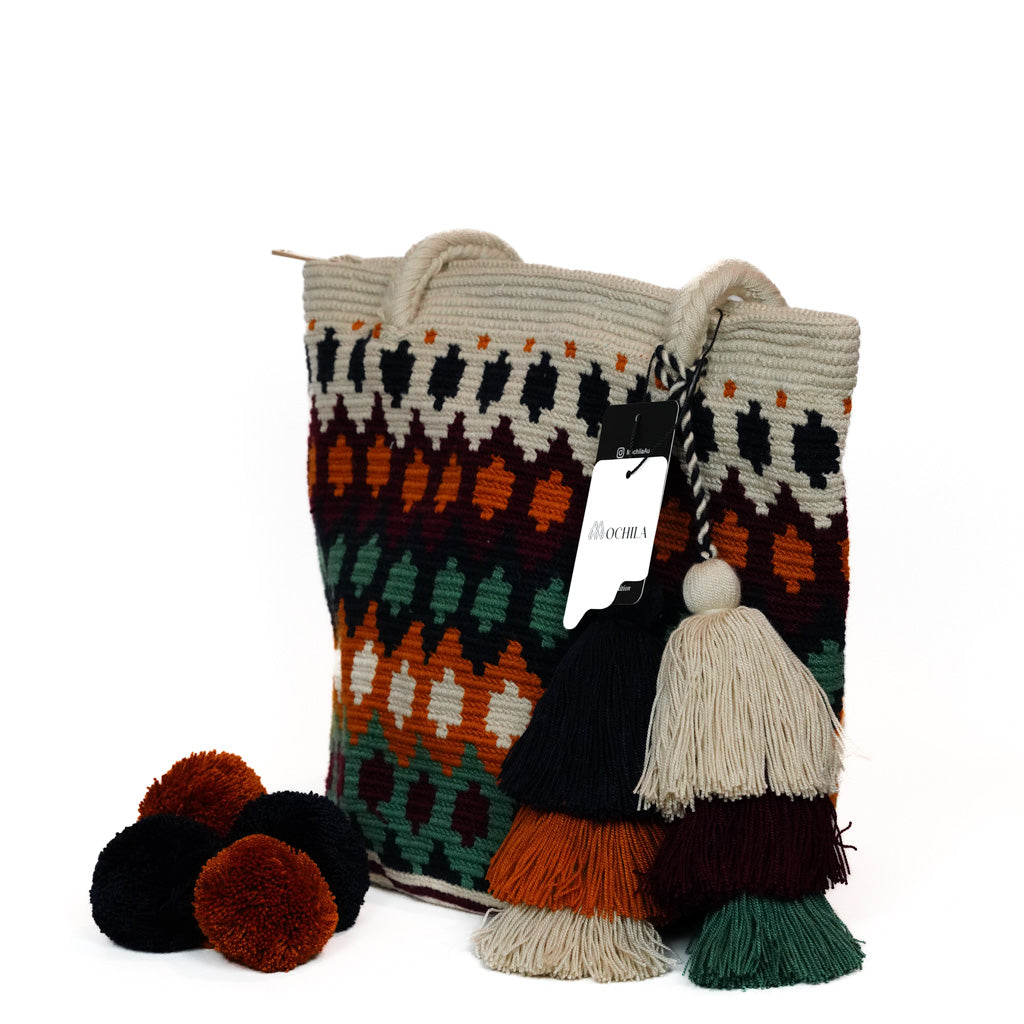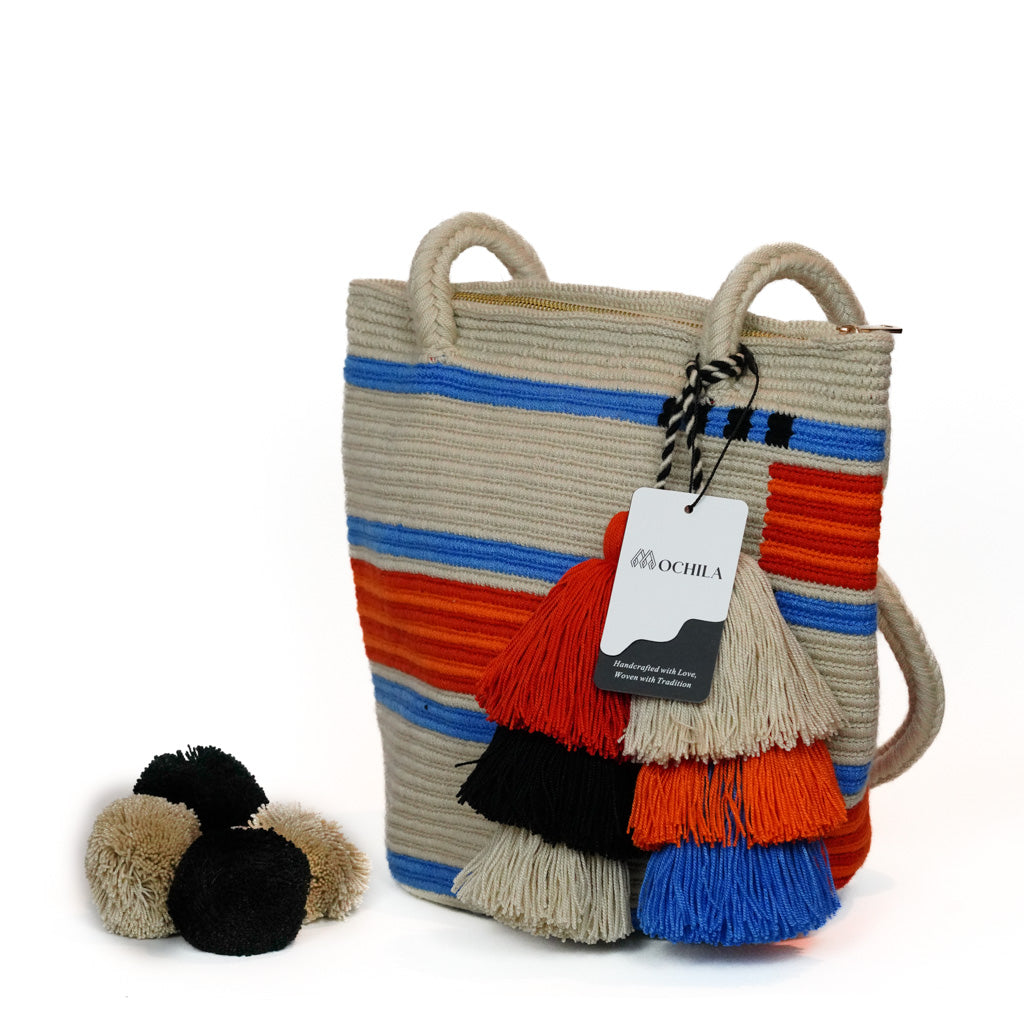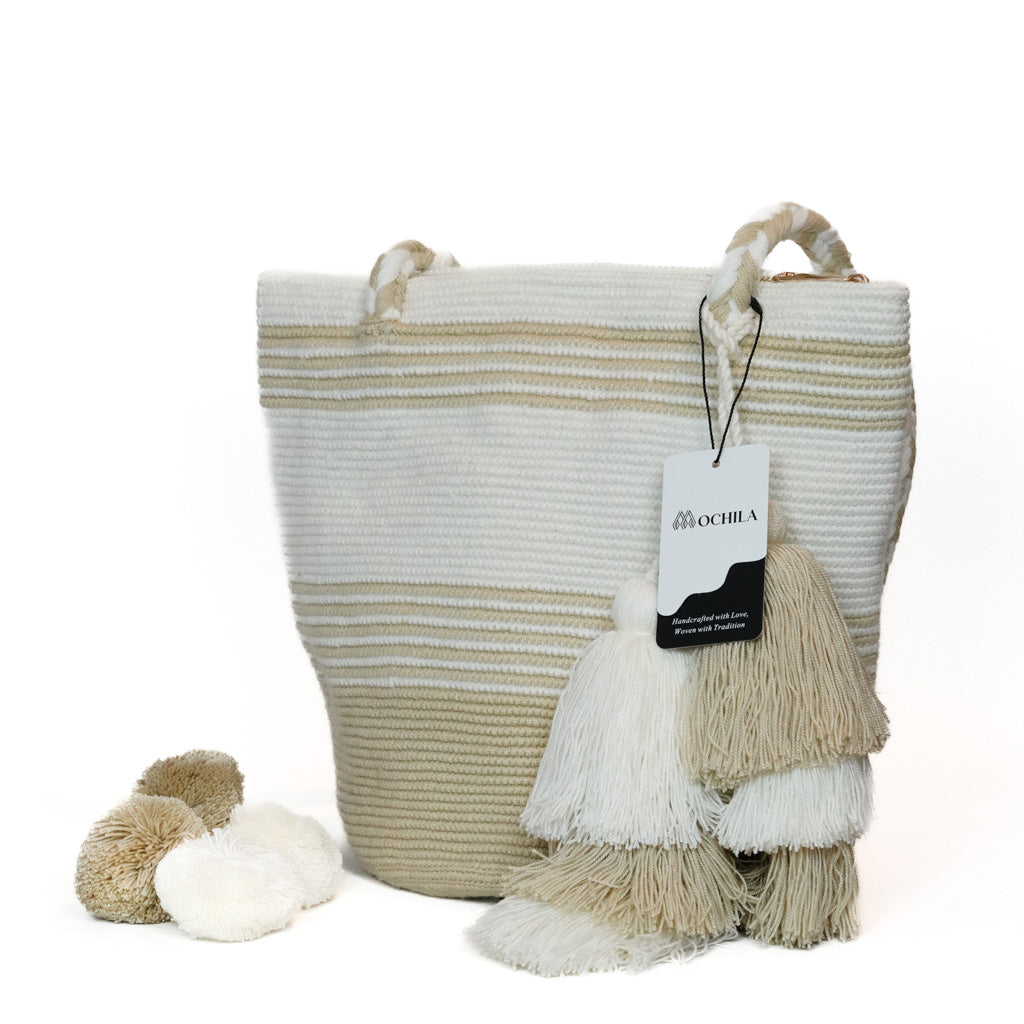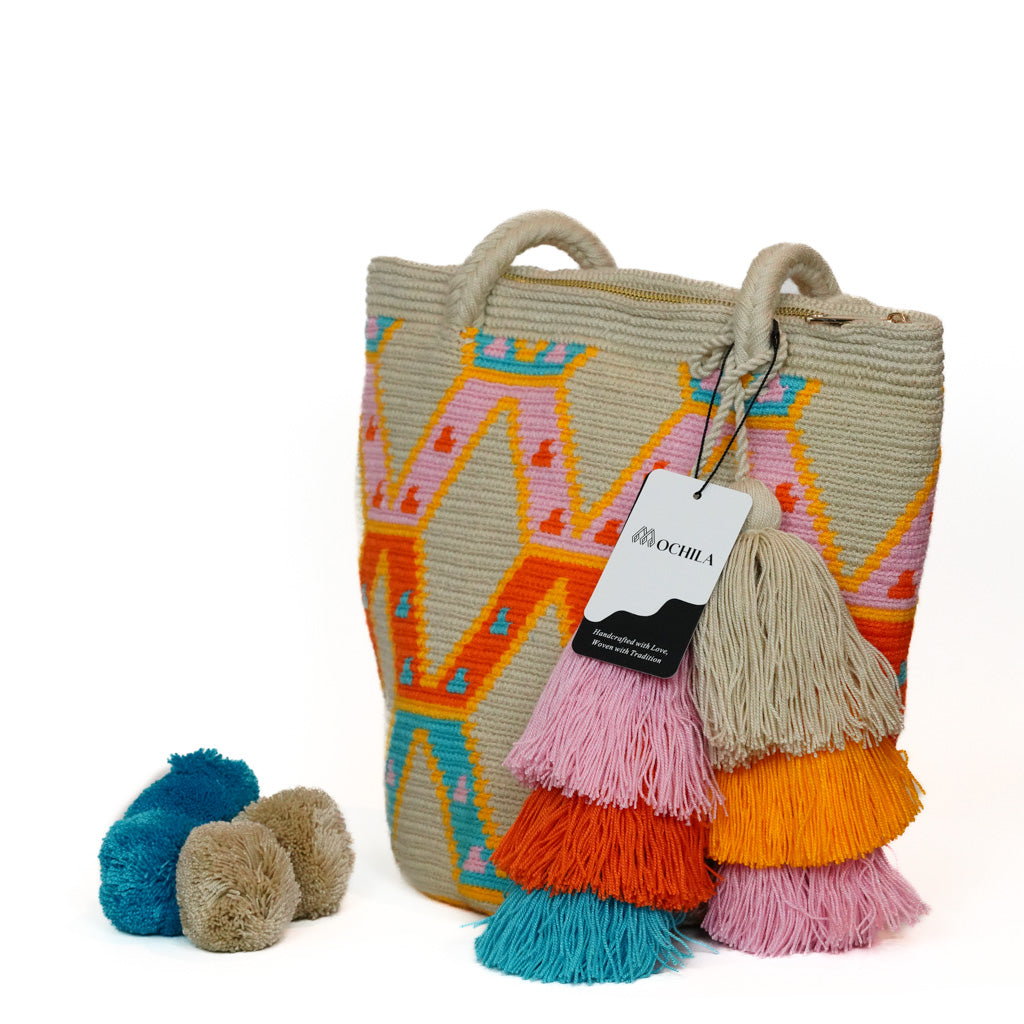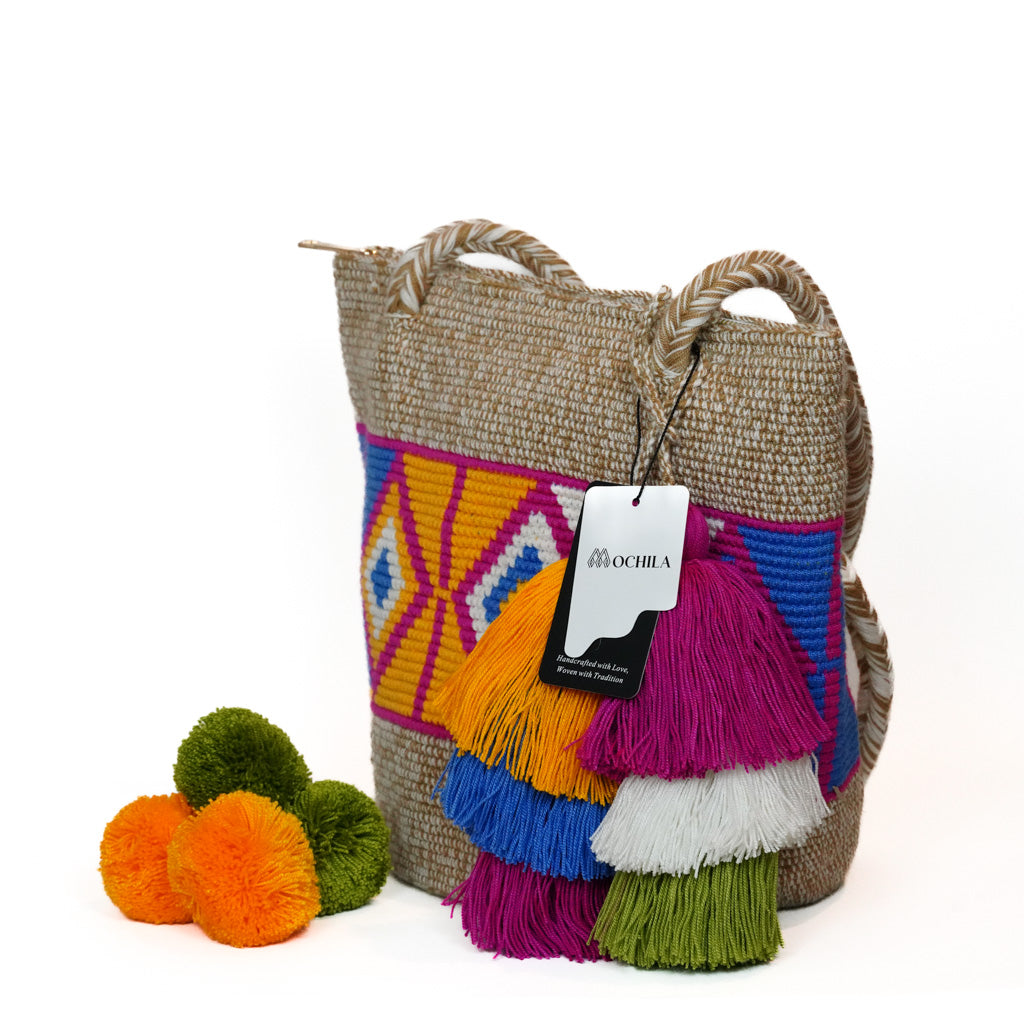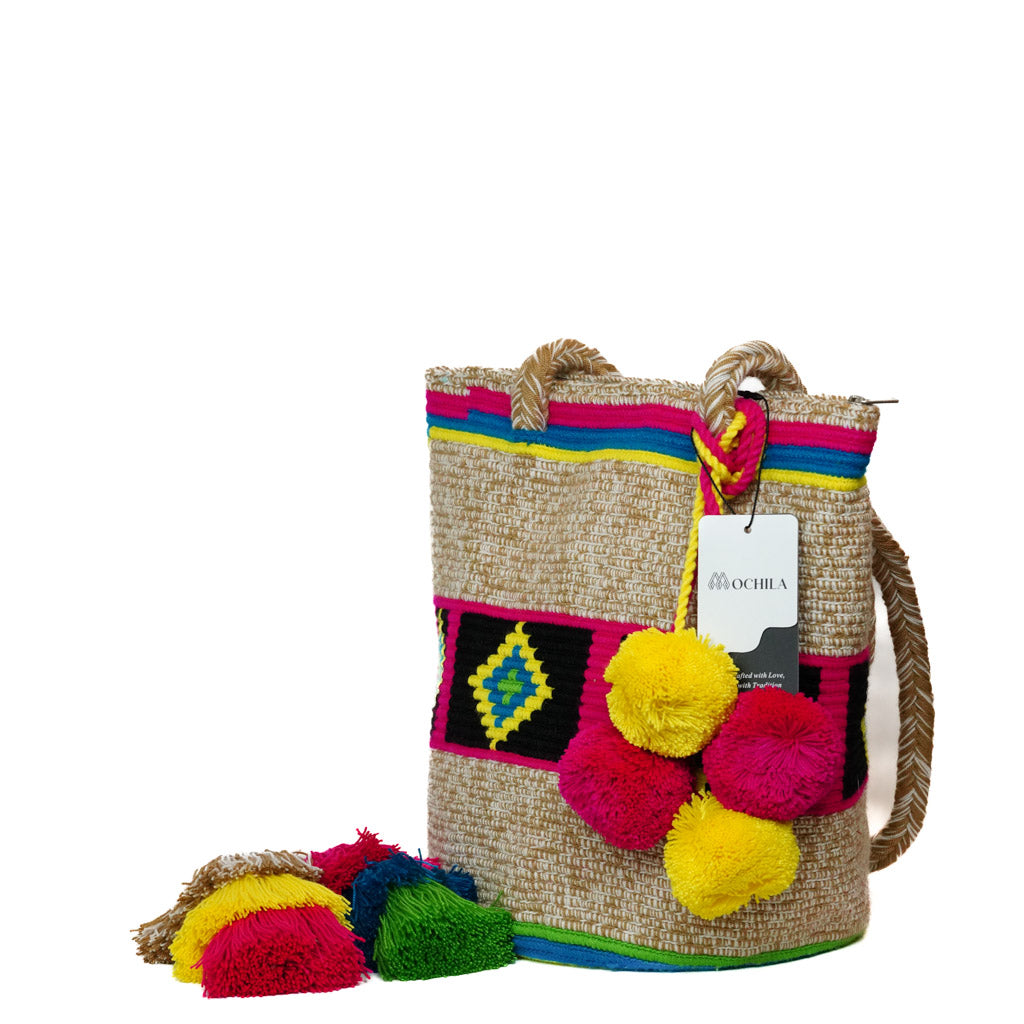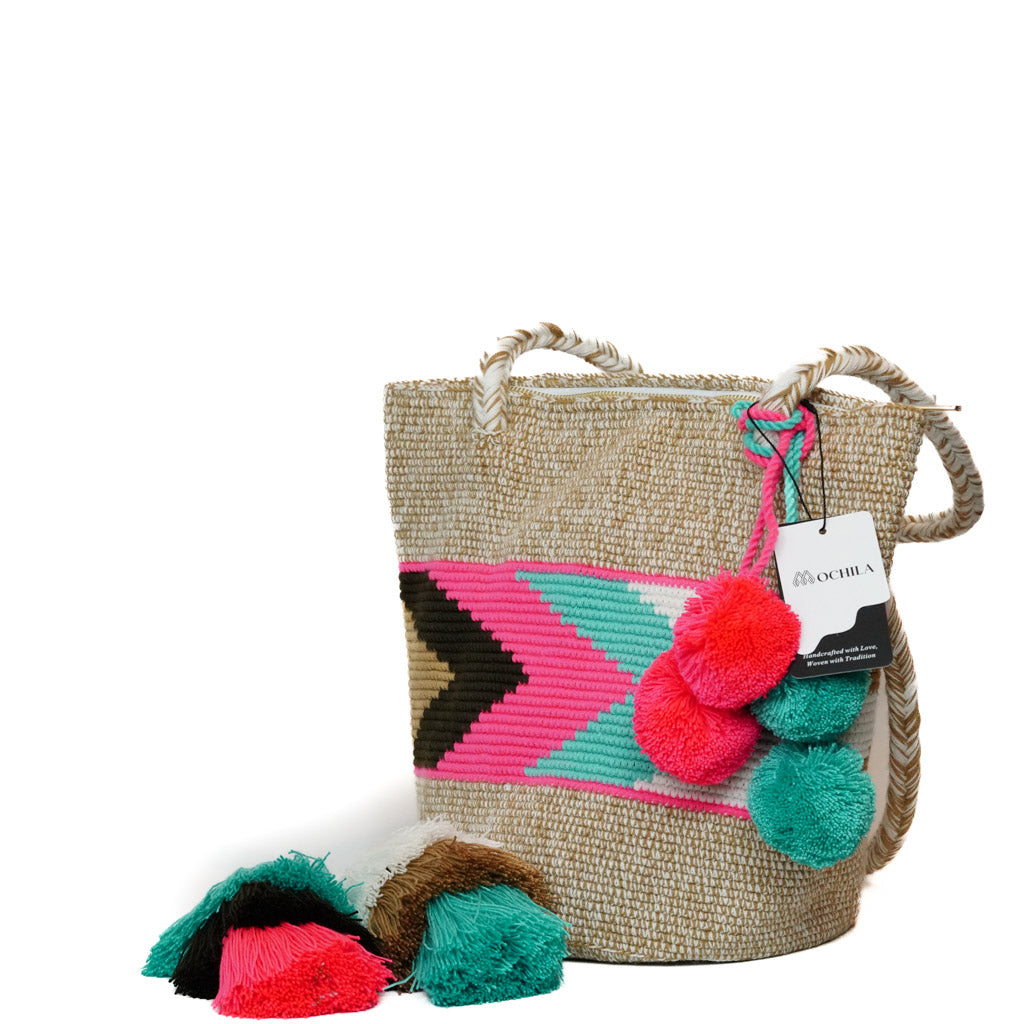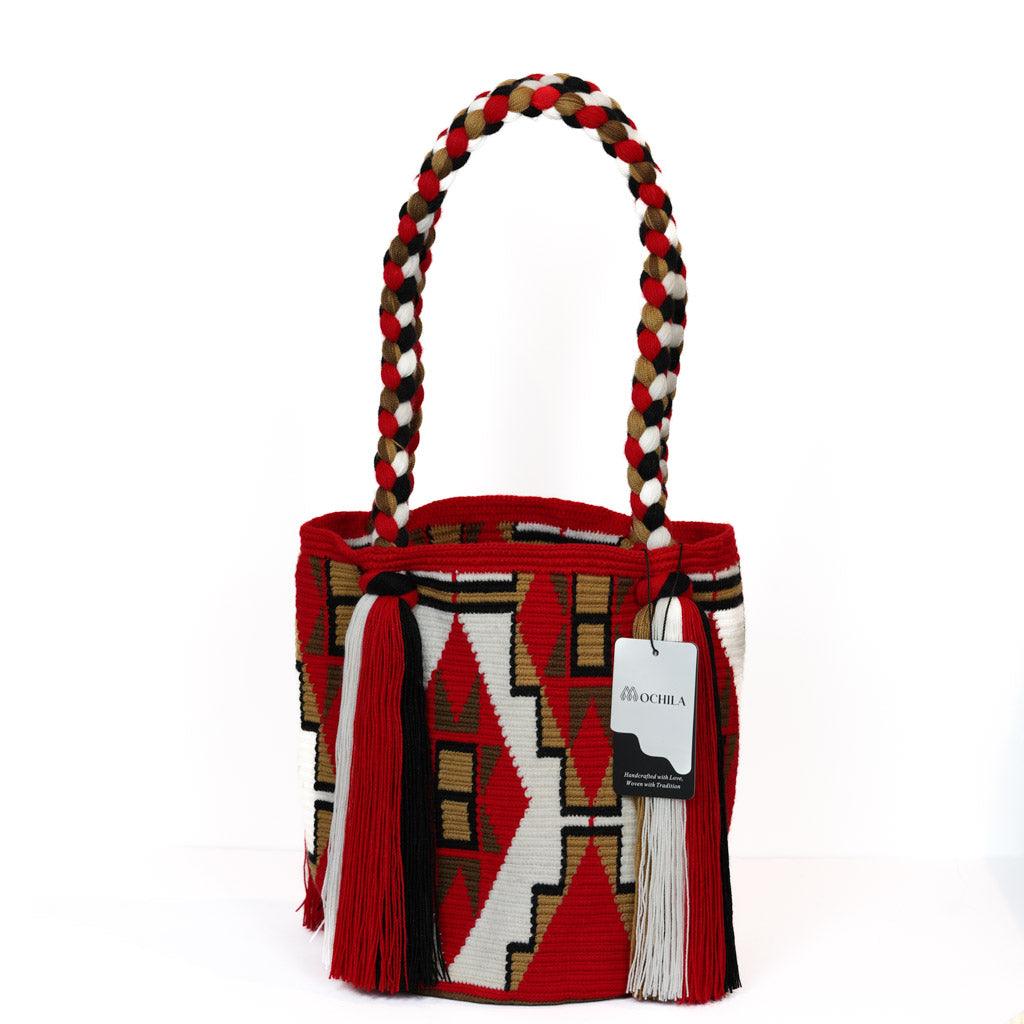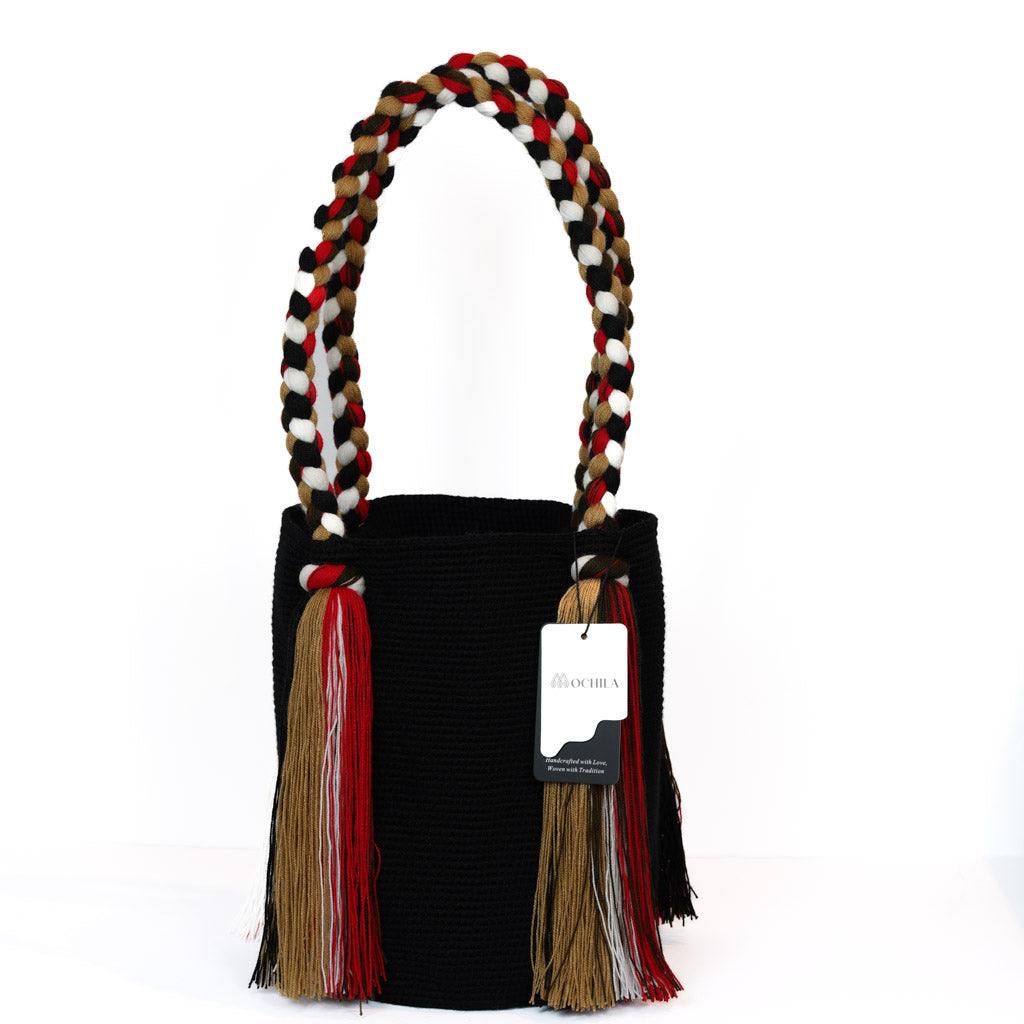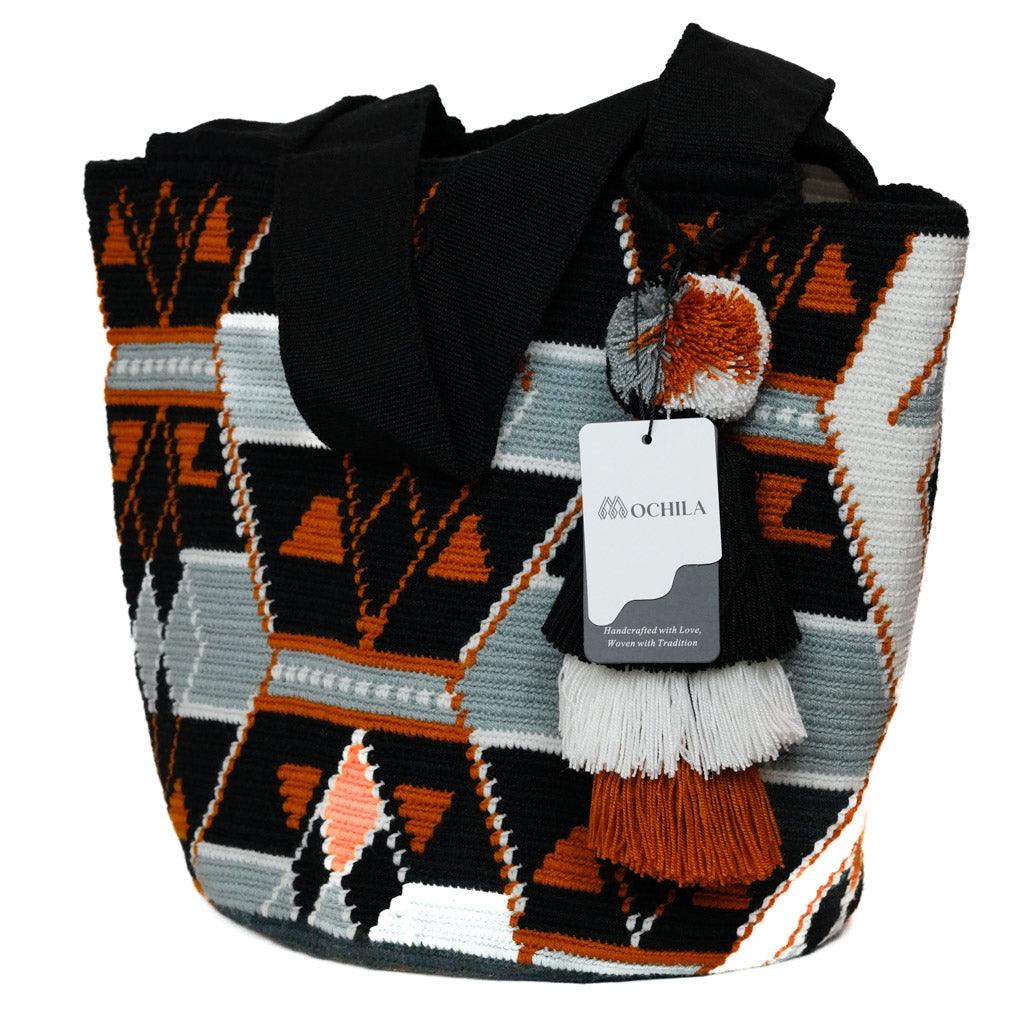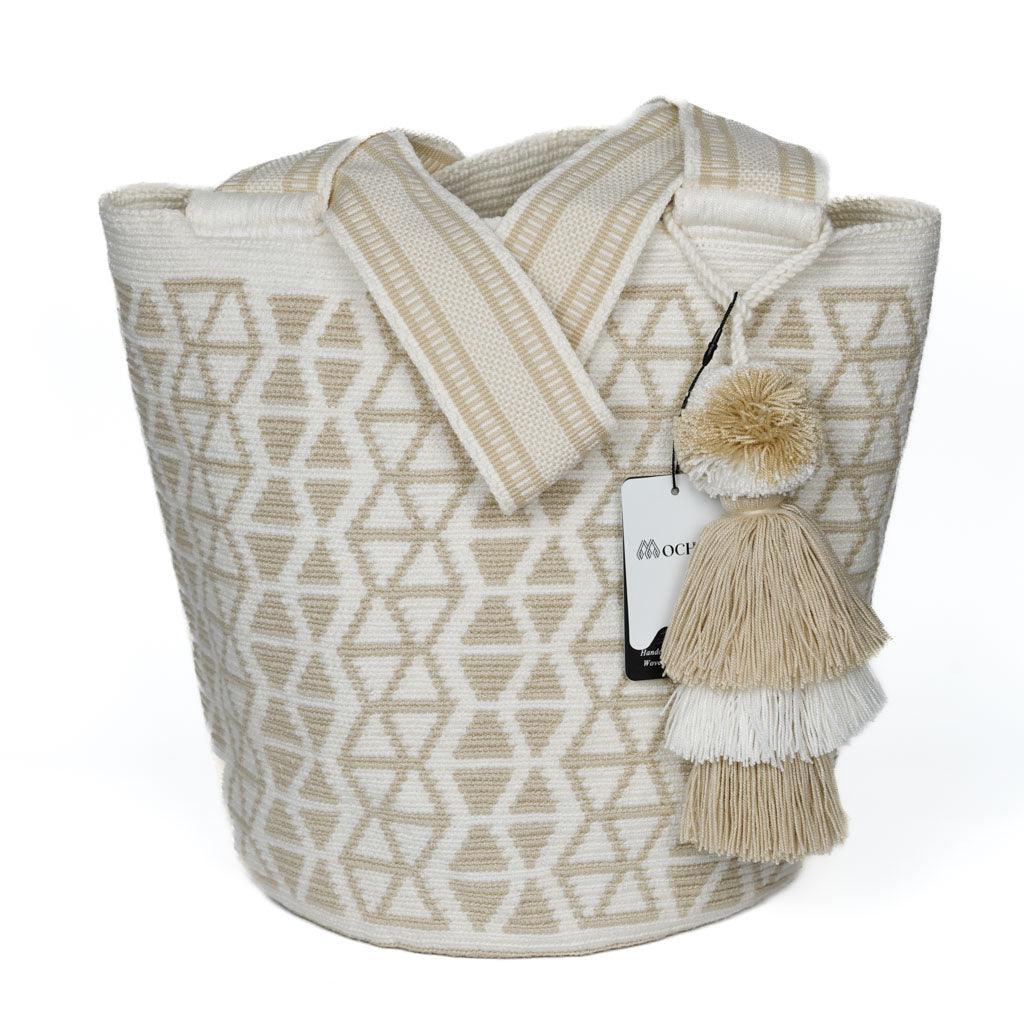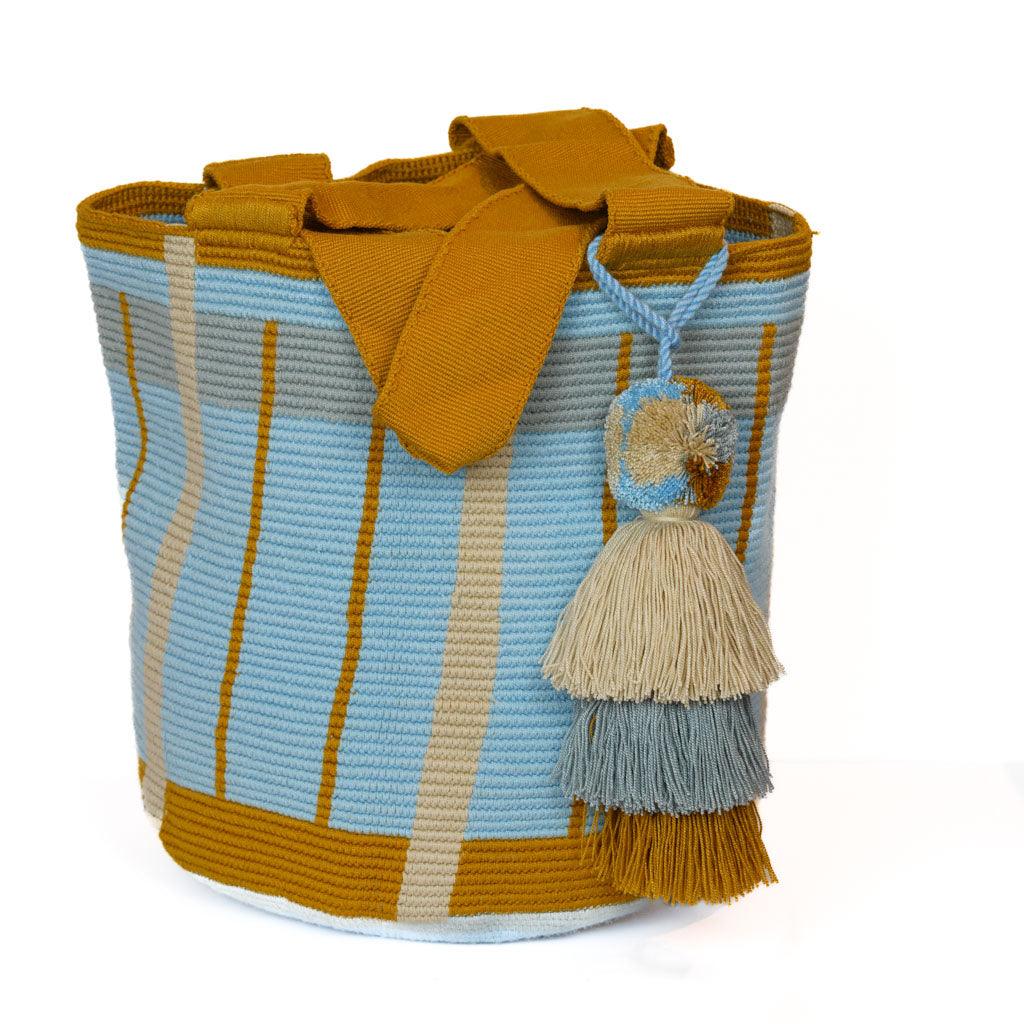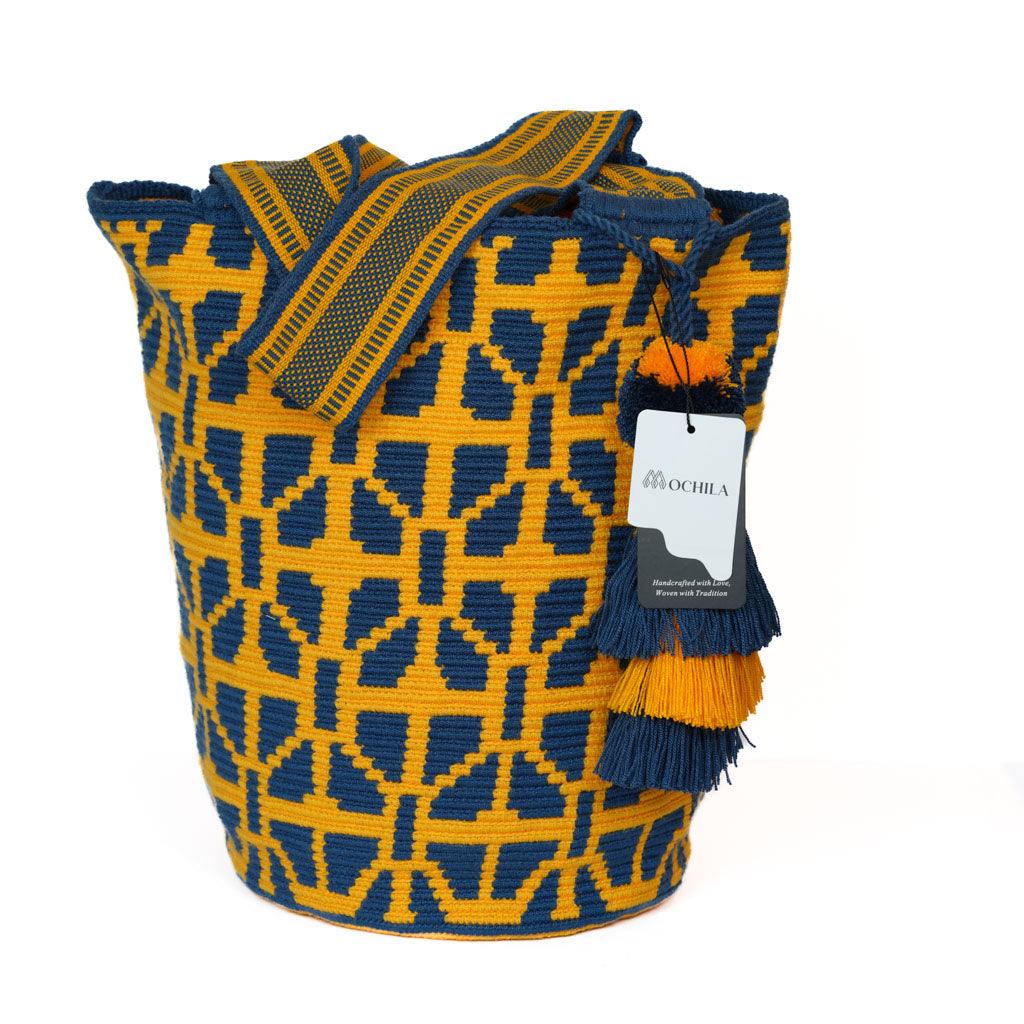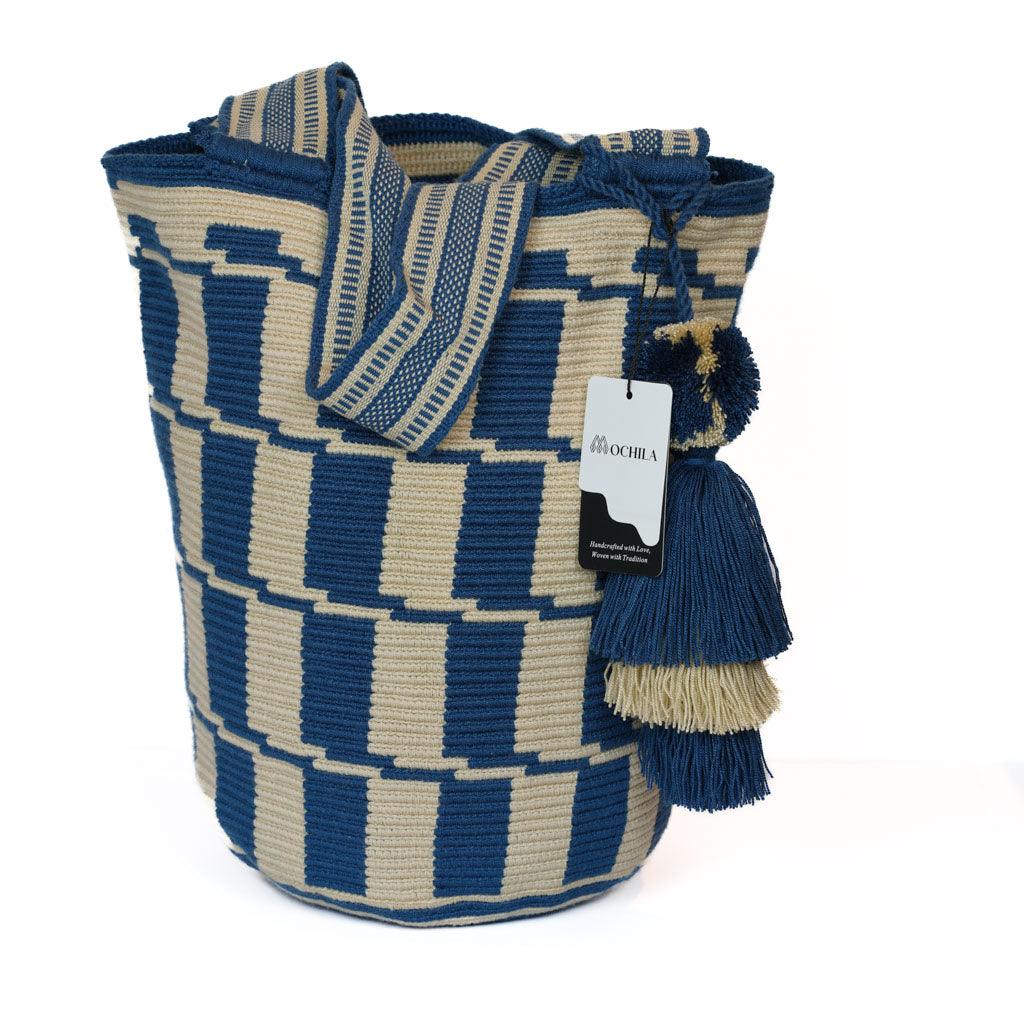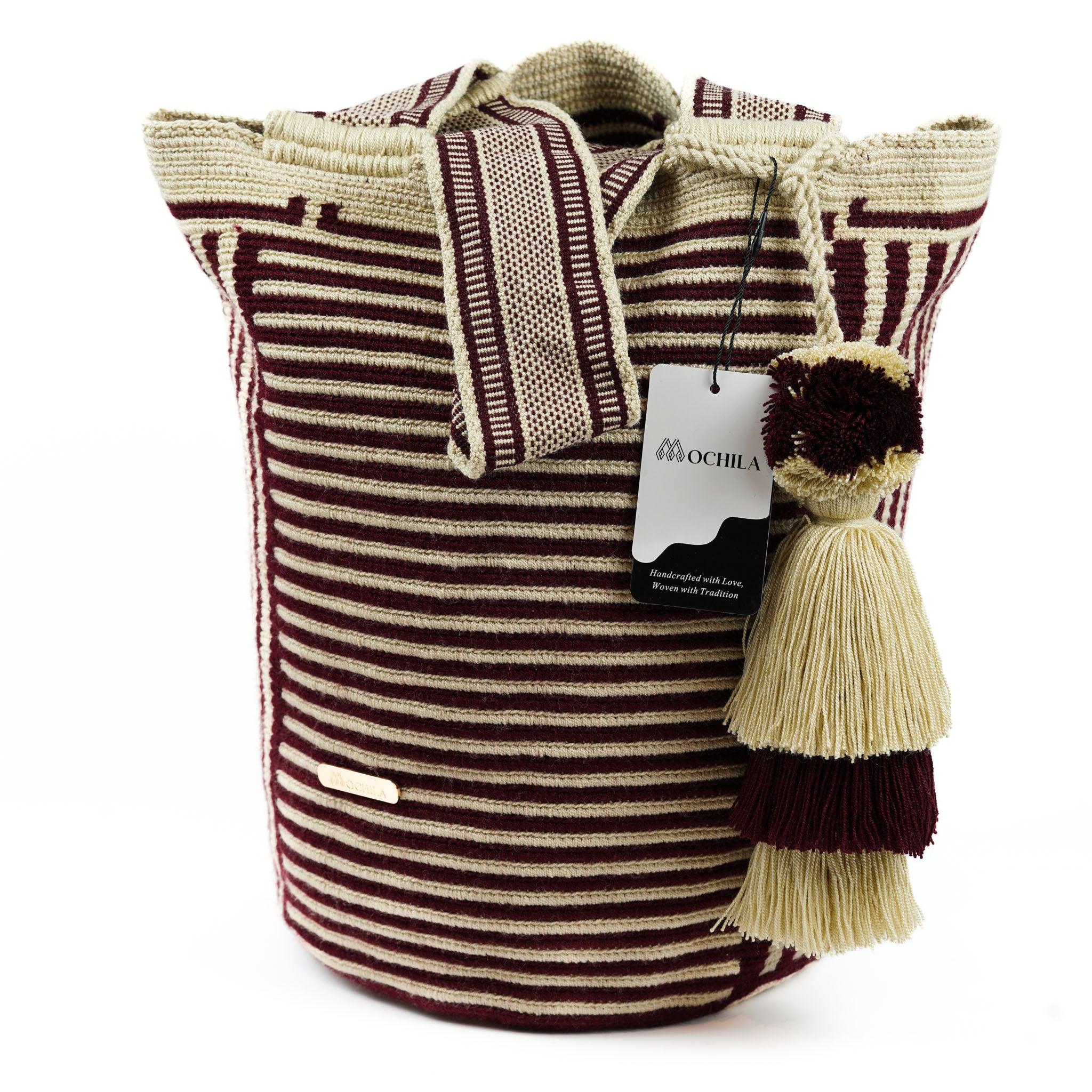The Art of Crocheting Lace Shawls
Crafting intricate patterns with a fine hook and delicate yarn, crocheting lace shawls is an art form that captivates many hobbyists. This form of crochet is an excellent way to challenge and expand your skills, creating exquisite pieces that showcase the beauty of crochet work.
Introduction to Lace Shawl Crochet
Crocheting lace shawls is a process that requires patience, precision, and a good understanding of crochet techniques. The intricate patterns seen in lace shawls are achieved by combining basic crochet stitches in complex sequences, often leaving open spaces that form the delicate and airy appearance of lace.
The process of learning how to crochet lace shawls can be challenging, especially for beginners. However, with the right guidance and practice, it's a skill that can be mastered over time. For beginners looking to take on this challenge, it's recommended to start with simpler projects to familiarize themselves with the basic stitches and techniques used in crochet. Check out our guide on how to crochet for beginners to get started.
The Appeal of Crocheted Lace Shawls
Crocheted lace shawls are beloved for their intricate designs and delicate beauty. They are lightweight and versatile, making them perfect for adding a touch of elegance to any outfit. Whether draped over the shoulders on a summer evening or wrapped snugly for warmth in the colder months, a lace shawl is a timeless accessory.
Moreover, the process of crocheting a lace shawl can be incredibly rewarding. It provides an opportunity to work with fine yarns and intricate patterns, allowing you to create a piece of wearable art. As you master the art of lace shawl crochet, you'll also improve your understanding of stitch patterns and crochet techniques, making it a great project for skill development.
Whether you're a beginner looking to expand your skills or an experienced crocheter in search of a new challenge, crocheting lace shawls can be a rewarding endeavor. As you delve into the world of lace shawl crochet, remember to enjoy the journey as much as the final product. Happy crocheting!
Essential Crochet Techniques for Lace Shawls
When it comes to mastering the craft of how to crochet lace shawls, certain crochet techniques are crucial. Understanding basic crochet stitches, mastering lace stitches, and working with fine yarn form the foundation of this elegant craft.
Understanding Basic Crochet Stitches
As a beginner, getting familiar with basic crochet stitches is the first step. The foundational stitches include the chain stitch (ch), single crochet (sc), and double crochet (dc). These stitches form the basis of many intricate patterns and designs in crochet. For a detailed guide on these and other stitches, refer to our guide on how to crochet stitches.
| Stitch | Symbol | Description |
|---|---|---|
| Chain (ch) | o | Used to begin most crochet projects. |
| Single Crochet (sc) | X | Short and tight, it creates a firm fabric. |
| Double Crochet (dc) | T | Taller and looser, it creates a more flexible fabric. |
Mastering Lace Stitches
Once you've the basics down, you can move on to more complex stitches to create beautiful lace patterns. These include the shell stitch, V-stitch, and picot stitch, which are commonly used in lace shawl patterns. Practicing these stitches will help you create intricate lace designs with ease.
| Stitch | Symbol | Description |
|---|---|---|
| Shell Stitch | 5dc in one stitch | Creates a 'shell' or 'fan' shape, adding texture. |
| V-Stitch | (dc, ch 1, dc) in one stitch | Creates a 'V' shape, perfect for lace patterns. |
| Picot Stitch | ch 3, sl st in first ch | Creates a small 'loop' or 'knot', adding decorative detail. |
Tips for Working with Fine Yarn
Working with fine yarn can be a bit tricky, especially for beginners. Here are a few tips to help you navigate the process:
- Choose the Right Hook: A smaller hook is generally recommended for fine yarn to keep the stitches tight and even. Refer to our guide on how to determine crochet hook sizes for more details.
- Maintain Even Tension: Keeping a consistent tension in your yarn is key to creating even stitches. This is especially important when working with fine yarn, as any inconsistencies can be more noticeable.
- Take Your Time: Fine yarn is delicate, and rushing can lead to mistakes or even damage the yarn. Be patient, take your time, and enjoy the process.
Mastering these techniques is a stepping stone to creating beautiful lace shawls. With practice, patience, and the right guidance, you'll soon be able to craft intricate lace patterns with ease. For further learning, explore our guide on how to crochet shawls and expand your crochet skills.
Reading and Understanding Lace Shawl Patterns
When learning how to crochet lace shawls, the first step is understanding the patterns. Patterns for crochet projects, including lace shawls, often include a combination of written instructions and symbols.
Decoding Pattern Symbols
Crochet pattern symbols are visual representations of the stitches you will need to create. Each symbol corresponds to a specific stitch type. For example, a simple circle often represents a chain stitch, while a cross or 'T' shape may symbolize a double crochet stitch.
| Symbol | Stitch |
|---|---|
| ⭕ | Chain Stitch |
| ╳ | Double Crochet Stitch |
| ⨳ | Treble Crochet Stitch |
| ⨴ | Half Double Crochet Stitch |
Remember that crochet patterns often include a key or legend to help you understand the symbols. This is usually located at the beginning or end of the pattern. If you're new to crochet, our article on how to crochet stitches can provide additional insight into the various stitches and their corresponding symbols.
Understanding Pattern Instructions
Alongside symbols, crochet patterns also include written instructions. These usually come in the form of abbreviations, such as "ch" for chain stitch or "dc" for double crochet stitch.
| Abbreviation | Stitch |
|---|---|
| ch | Chain Stitch |
| dc | Double Crochet Stitch |
| tr | Treble Crochet Stitch |
| hdc | Half Double Crochet Stitch |
It's crucial to read these instructions carefully and follow them in the order they're presented. They typically provide step-by-step guidance on how to complete each row or round of your lace shawl.
Patterns also often include notes about the project, such as the suggested yarn type, hook size, and gauge. These details can greatly impact the final look and size of your shawl, so it's essential to pay close attention to them.
When starting out with lace shawl crochet, it can be helpful to choose a pattern that matches your skill level. As you become more comfortable with reading patterns and working with lace stitches, you can gradually progress to more complex designs. Our articles on how to crochet and how to crochet for beginners offer additional tips and resources for honing your crochet skills.
Decoding pattern symbols and understanding instructions are key skills in mastering the art of crocheting lace shawls. With practice and patience, you will become proficient in interpreting patterns and creating beautiful, intricate lace shawls.
Crafting Your First Lace Shawl
Once you've mastered the basics of crochet and understand the techniques involved in creating intricate patterns, you're ready to start crafting your first lace shawl. This section provides guidance on selecting the right yarn, choosing the appropriate hook size, and following a simple lace shawl pattern.
Selecting the Right Yarn
When it comes to how to crochet lace shawls, the type of yarn you choose can greatly impact the outcome. Fine or lightweight yarns are typically best for lace crochet as they allow the intricate stitch patterns to shine through.
When selecting your yarn, consider the fiber content as well. Natural fibers such as wool, silk, or cotton can provide a beautiful drape that enhances the elegance of a lace shawl. Synthetic fibers like acrylic or nylon can also work well and tend to be more affordable.
Always remember to consider the care instructions for the yarn, as delicate fibers may require hand washing or other special care.
Choosing the Appropriate Hook Size
The size of the crochet hook you use directly influences the size of your stitches and the overall drape of your shawl. As a general rule, lace crochet often calls for a smaller hook size to maintain the intricacy of the stitch patterns.
However, it's important to note that the best hook size can vary based on the specific yarn and pattern you're using. You may need to experiment with different hook sizes to achieve the desired effect. For more guidance on this topic, refer to our article on how to determine crochet hook sizes.
Following a Simple Lace Shawl Pattern
Following a lace shawl crochet pattern can be challenging for beginners due to the complex stitch sequences and pattern repeats. It's best to start with a simple pattern that uses basic stitches and has clear, detailed instructions.
When reading your pattern, pay close attention to any special stitch instructions or notes. It's also helpful to understand common crochet abbreviations and symbols, which can make following the pattern easier.
As you work on your shawl, take your time and count your stitches regularly to ensure you're following the pattern correctly. With patience and practice, you'll soon see your beautiful lace shawl take shape.
Remember, every new project is a chance to learn and grow as a crocheter. Don't be discouraged if you make mistakes; they're all part of the learning process. For more information on how to crochet lace shawls, check out our comprehensive guide here.
Tips and Tricks for Lace Shawl Crochet
Once you've mastered the basics of crocheting lace shawls, you can start exploring some advanced techniques and strategies. These tips and tricks can help improve your crafting skills and make your work even more attractive.
Keeping Your Work Neat and Clean
When working on a lace shawl, it's crucial to keep your crochet work neat and clean. This can be achieved by maintaining even tension throughout your work. Uneven tension can result in a shawl that's too tight or too loose, which can affect the overall appearance of your finished product.
Another tip for keeping your work neat is to always count your stitches. This can help ensure that you're following the pattern correctly and prevent any mistakes before they happen. If you're new to crocheting, you might find our article on how to crochet for beginners helpful.
Troubleshooting Common Problems
Every crochet project comes with its own set of challenges. When it comes to lace shawls, some common problems include tangled yarn, dropped stitches, or difficulty understanding the pattern. If you encounter any of these problems, don't panic. There are plenty of resources available that can help you troubleshoot and overcome these challenges. Check out our article on how to crochet stitches for more information.
Exploring Advanced Lace Patterns
Once you're comfortable with basic lace patterns, you might want to start exploring more advanced designs. These can provide a fun and rewarding challenge, helping you improve your crochet skills and create truly unique pieces.
When working with advanced patterns, it's important to take your time and not rush the process. These patterns can be complex and require careful attention to detail. Remember, the goal is to enjoy the process and create a beautiful piece of art, not to finish as quickly as possible.
If you're ready to take your crochet skills to the next level, check out our articles on how to crochet patterns for blankets, how to crochet patterns for scarves, and how to crochet shawls for more advanced patterns and techniques.
With these tips and tricks in mind, you're well on your way to mastering the craft of crocheting lace shawls. Remember, practice makes perfect, so keep honing your skills and exploring new patterns. Happy crocheting!

